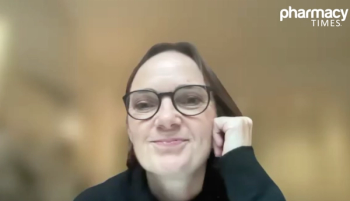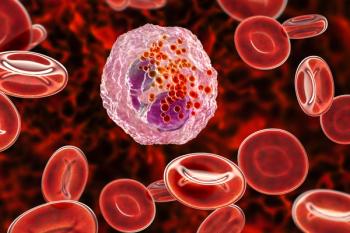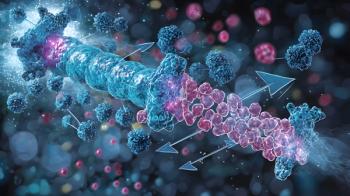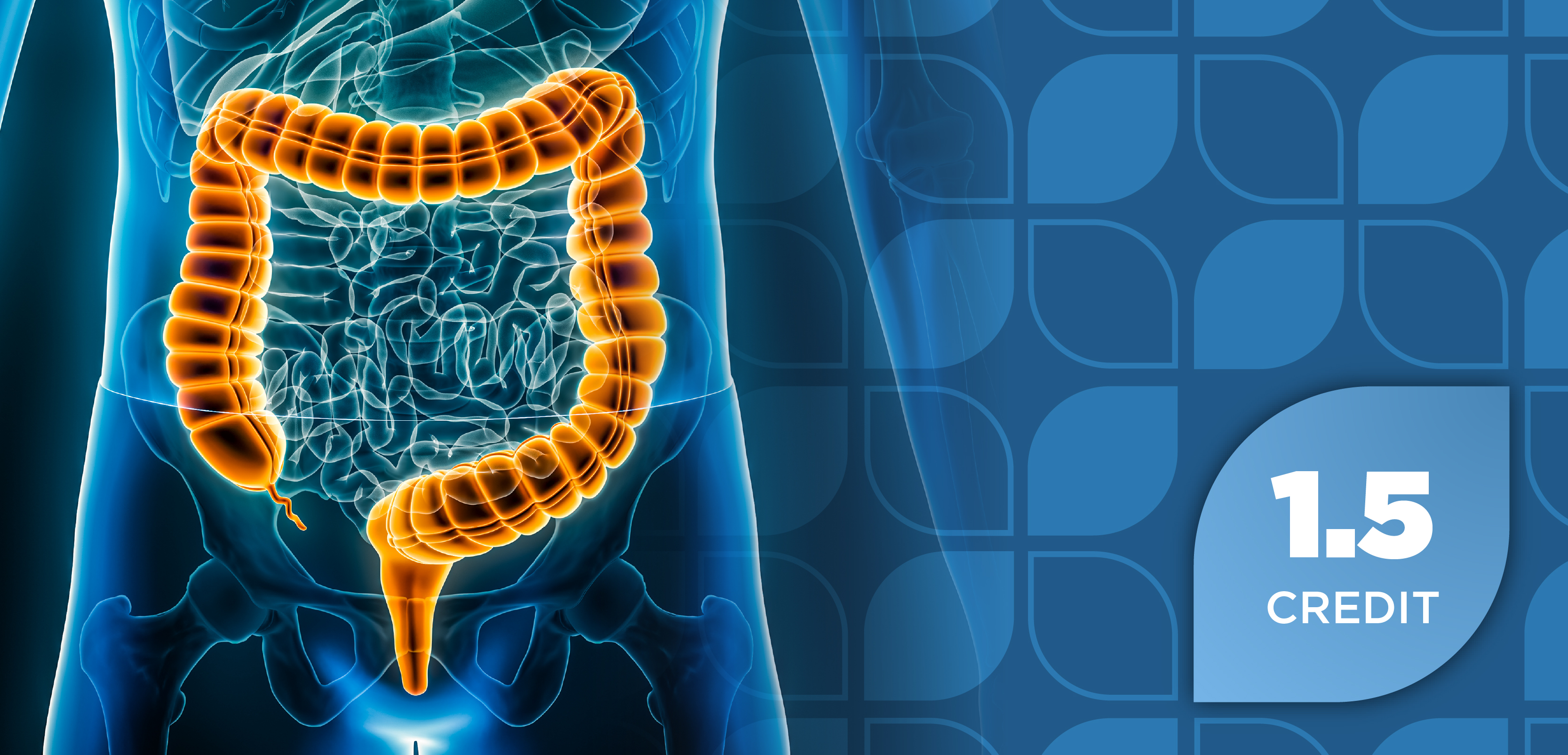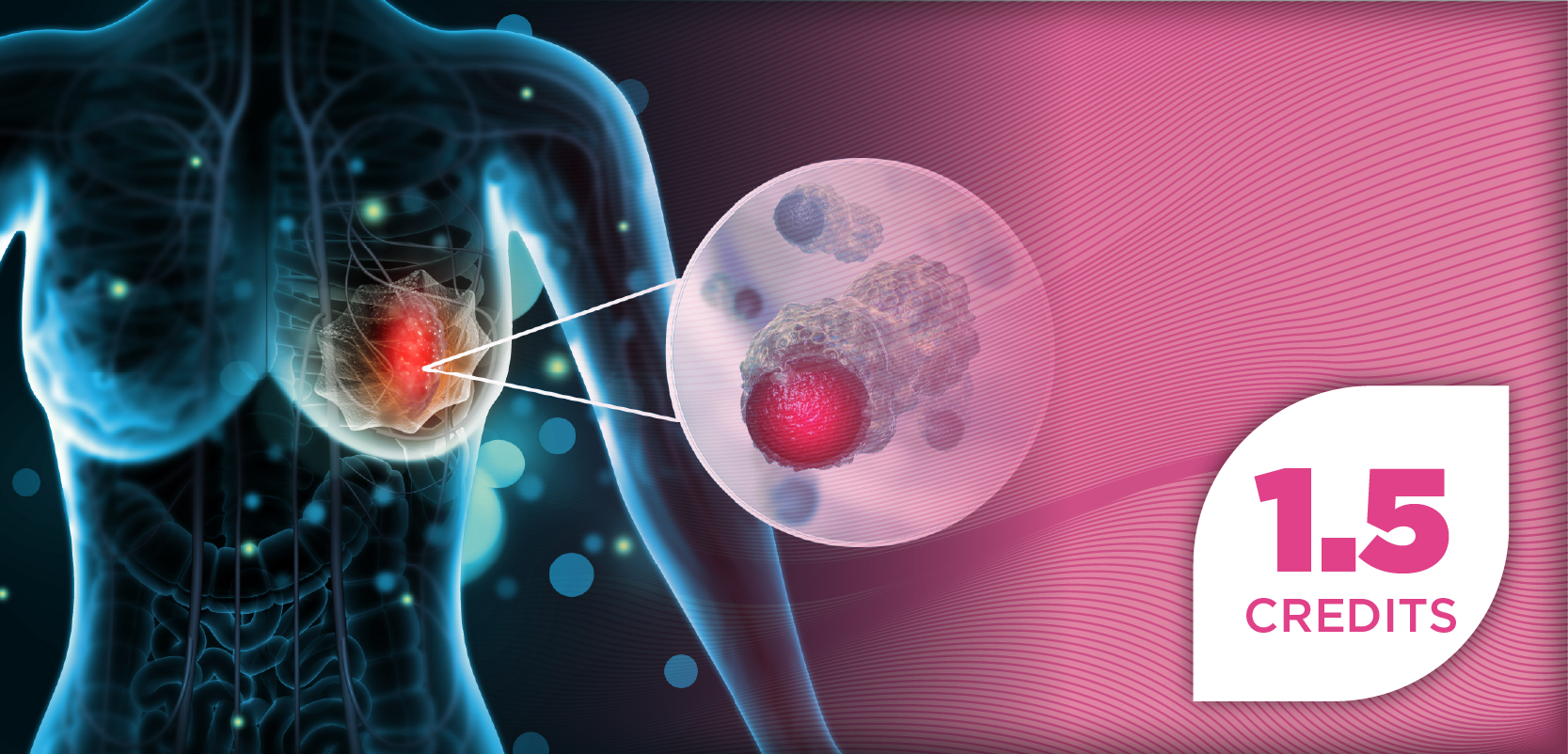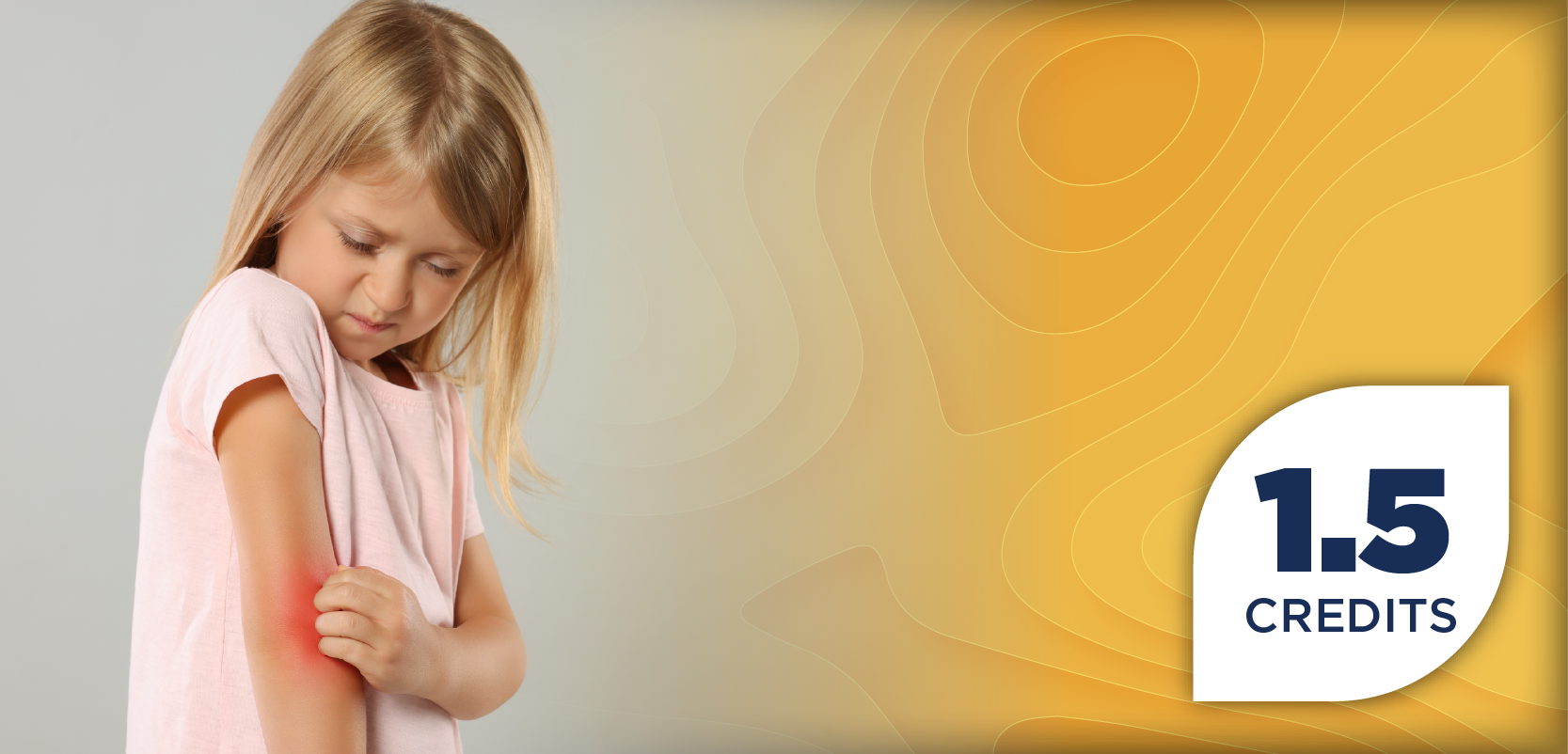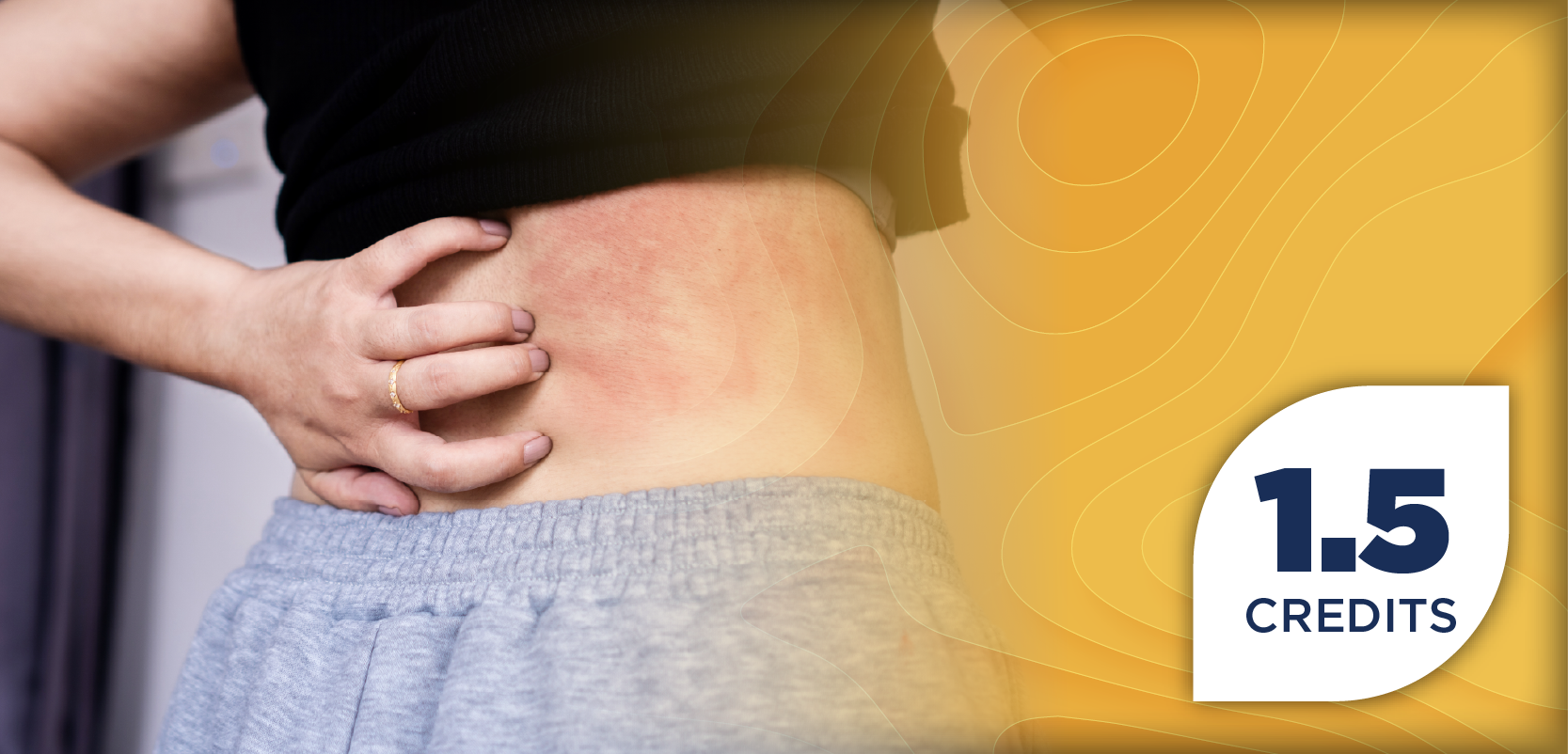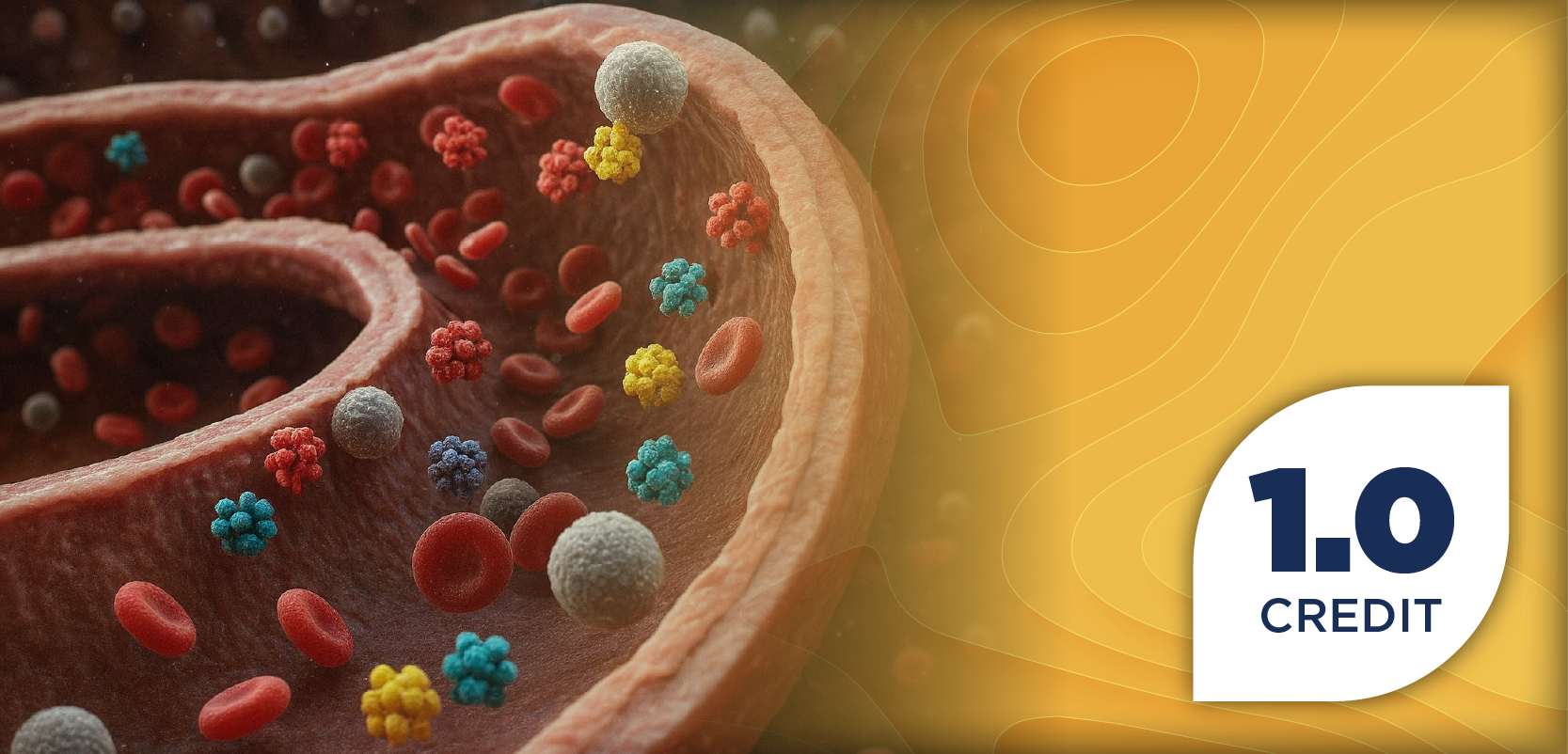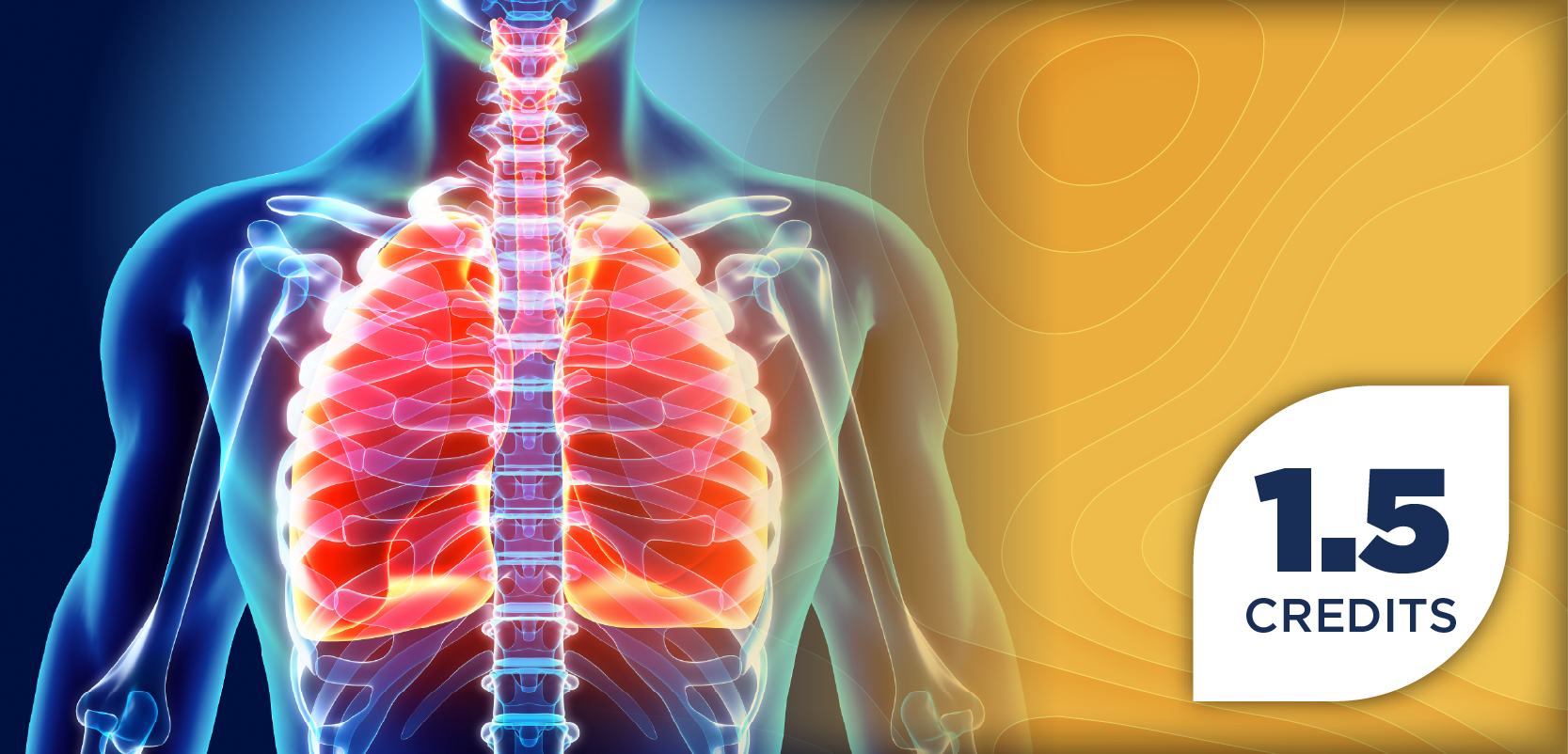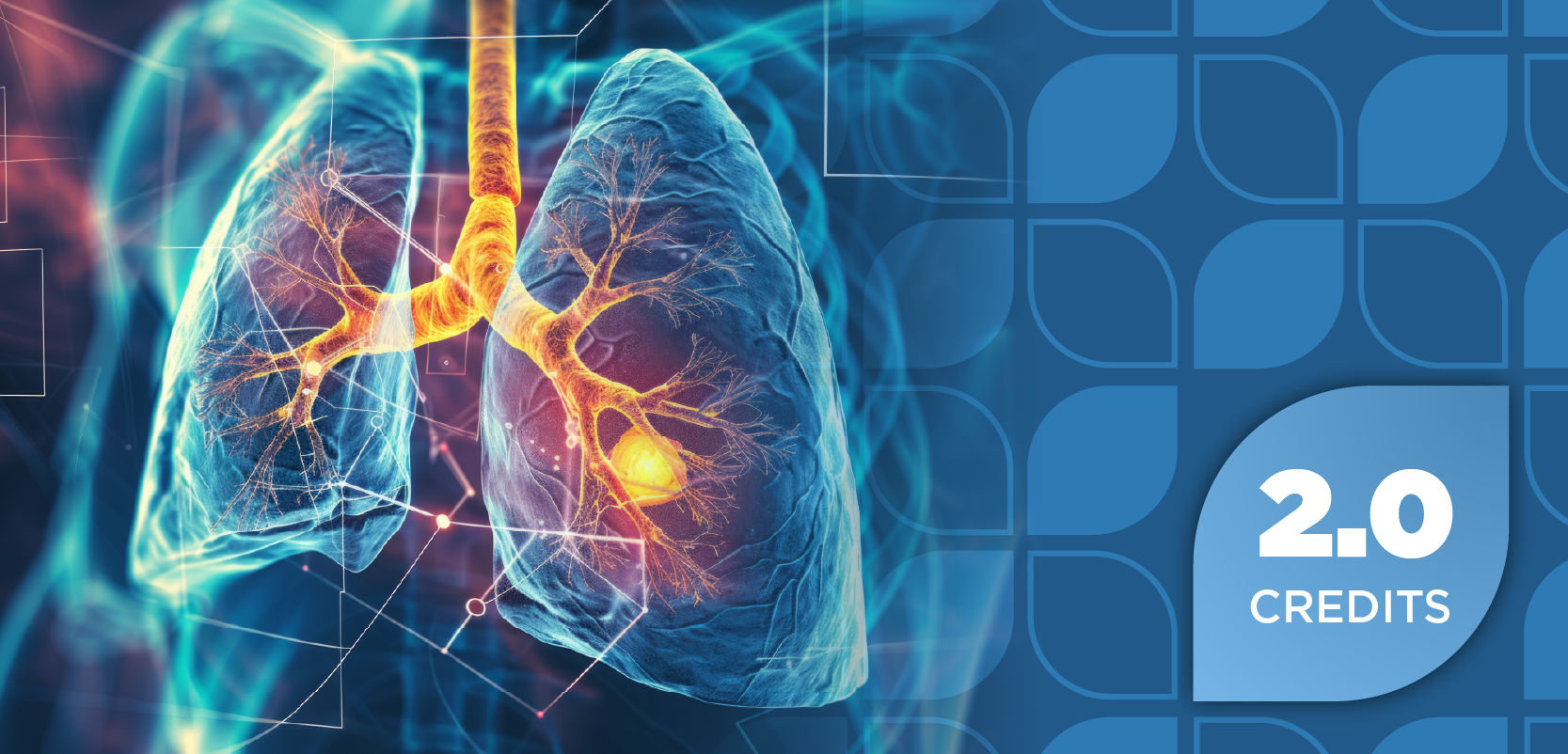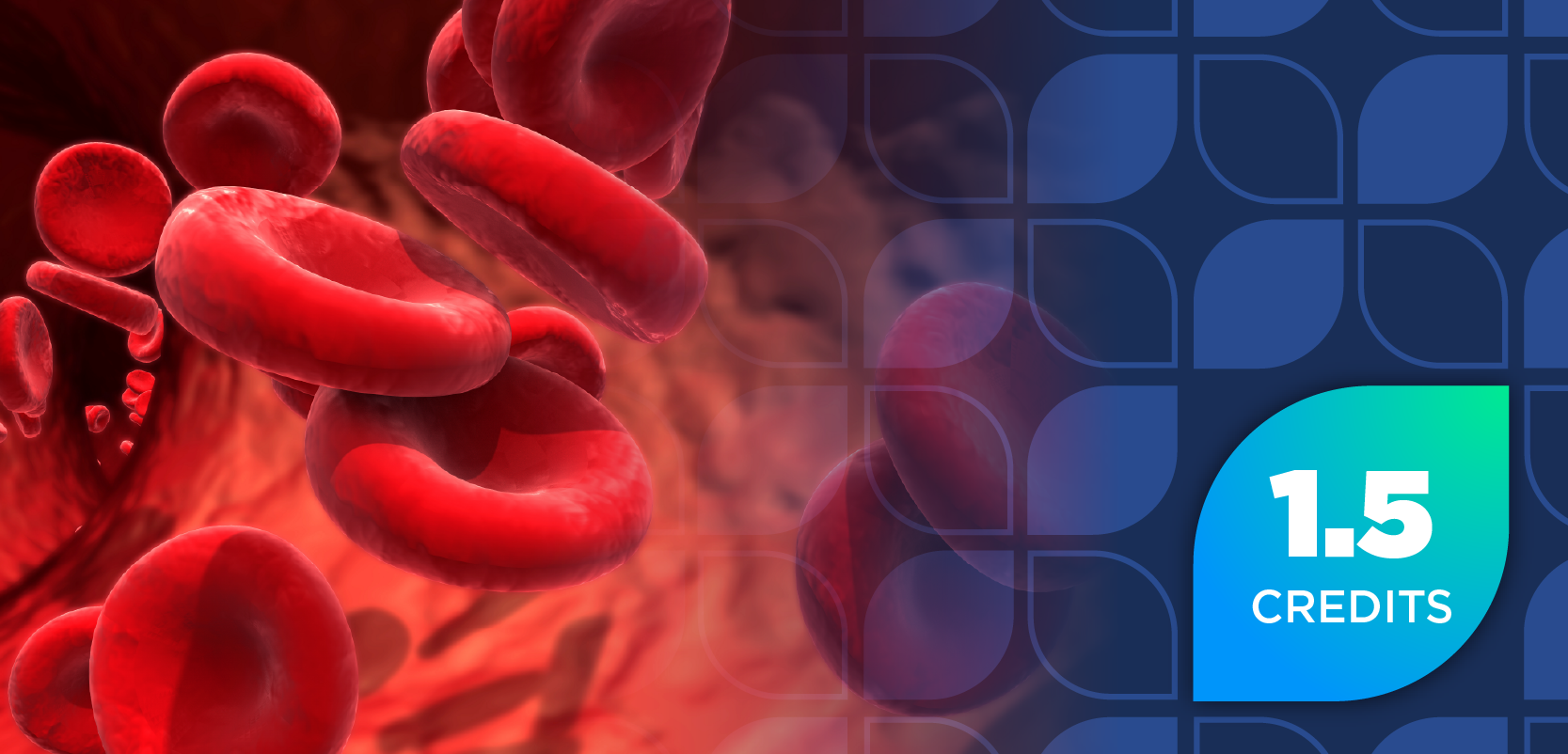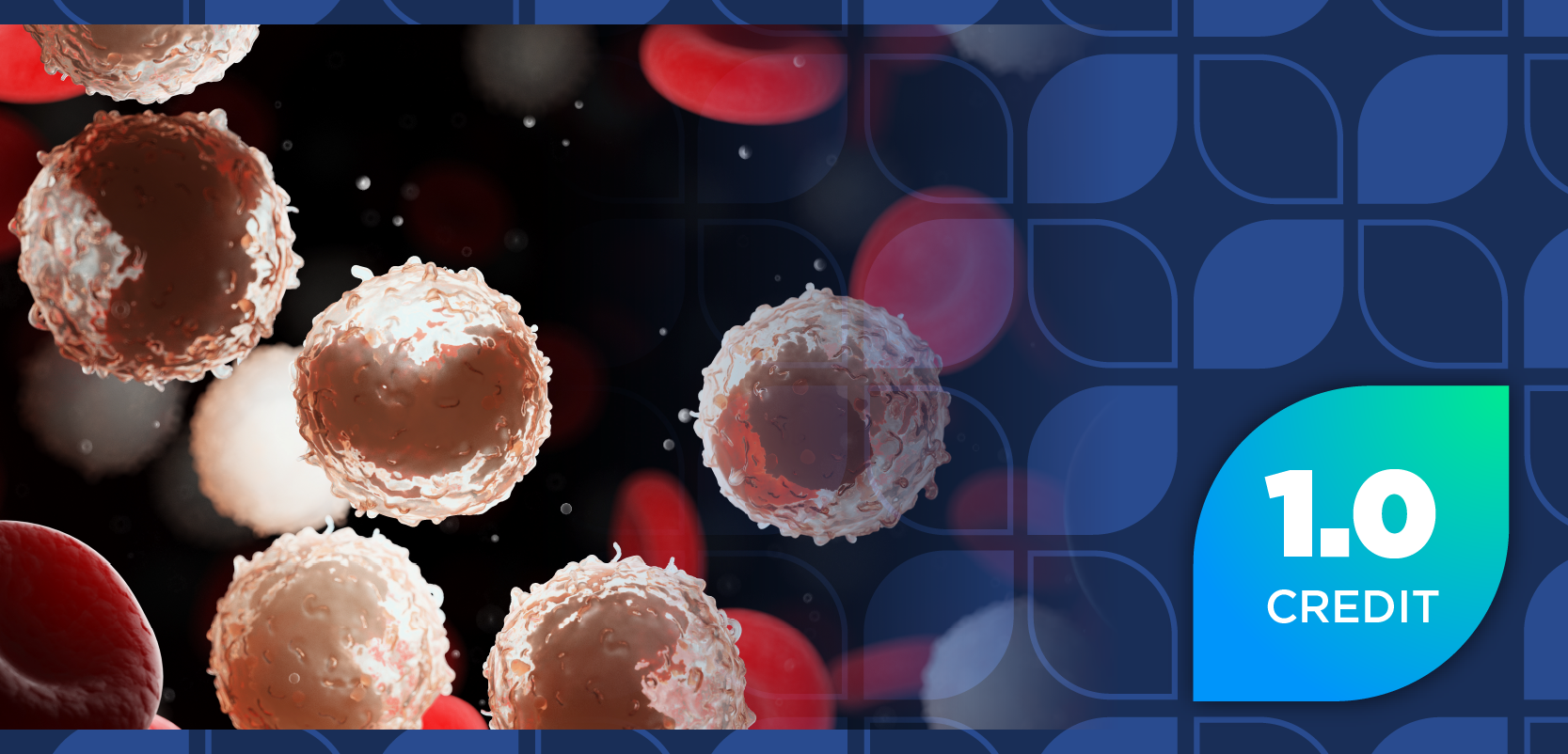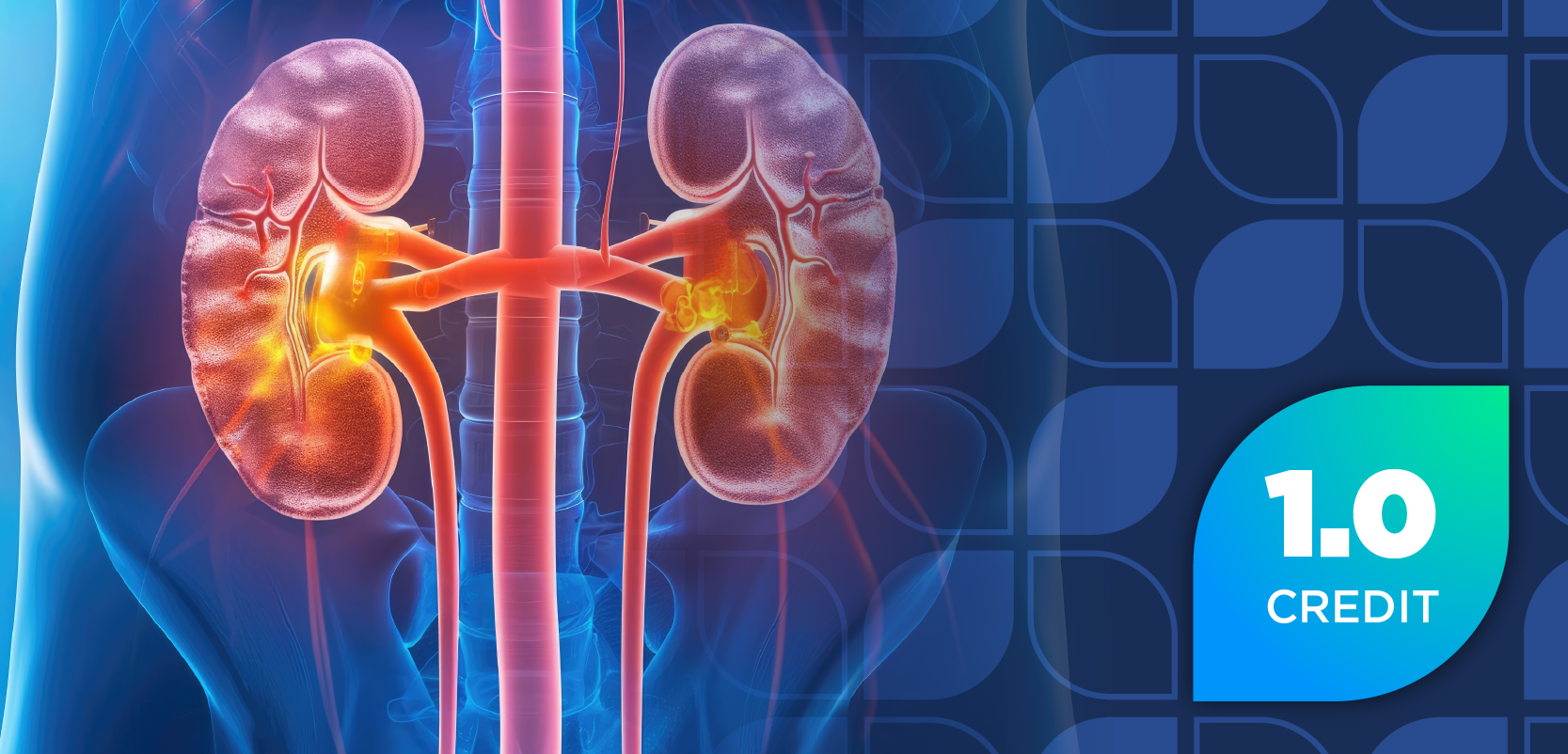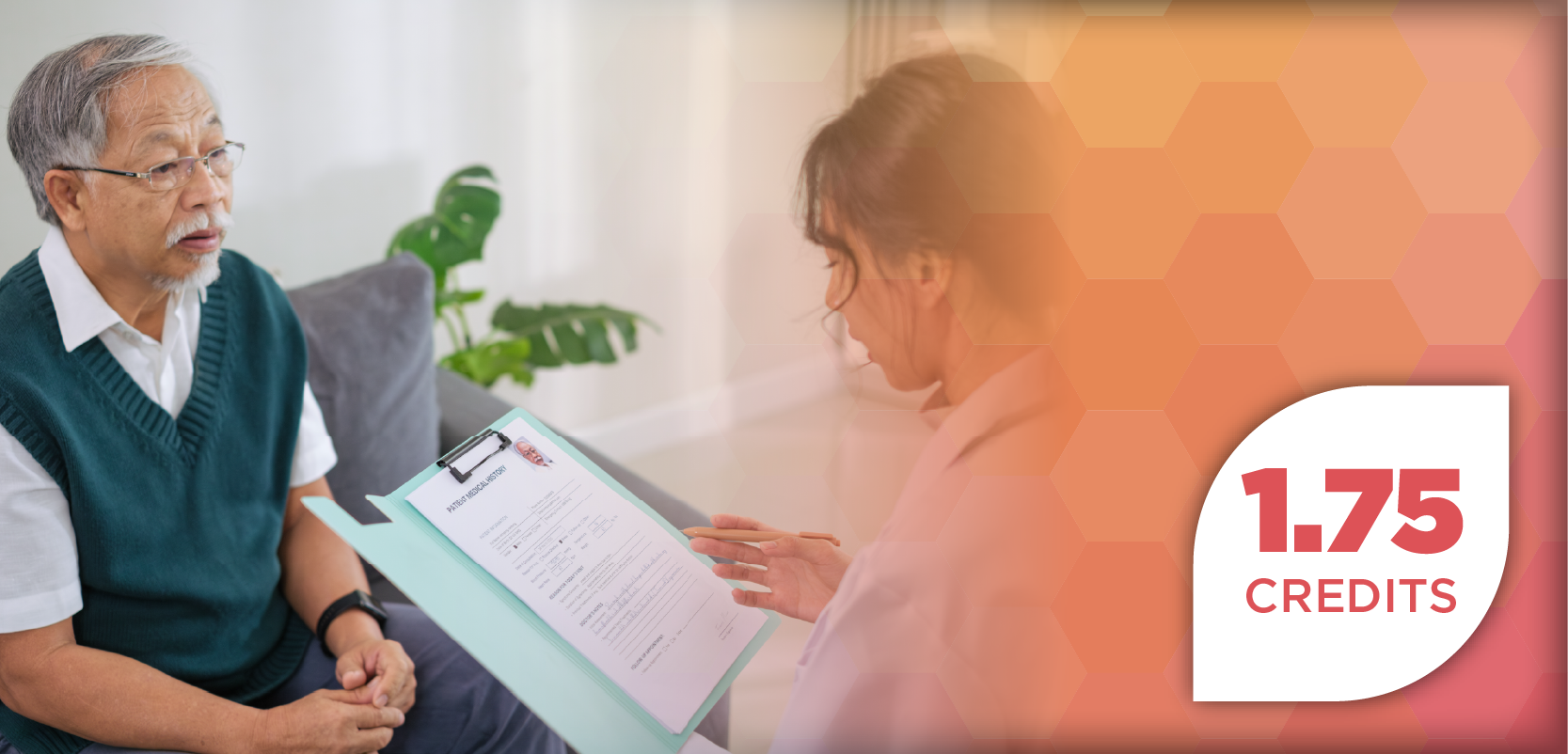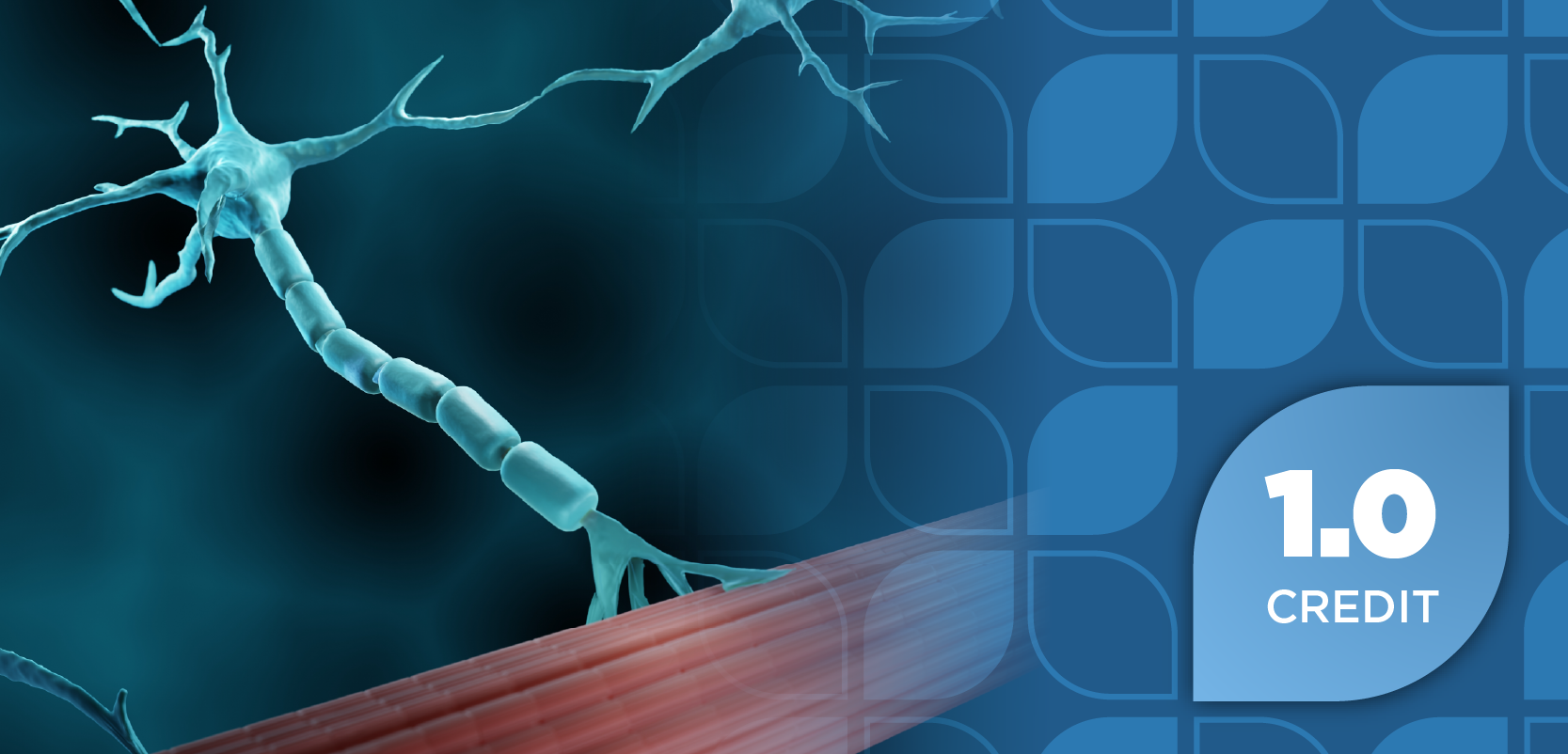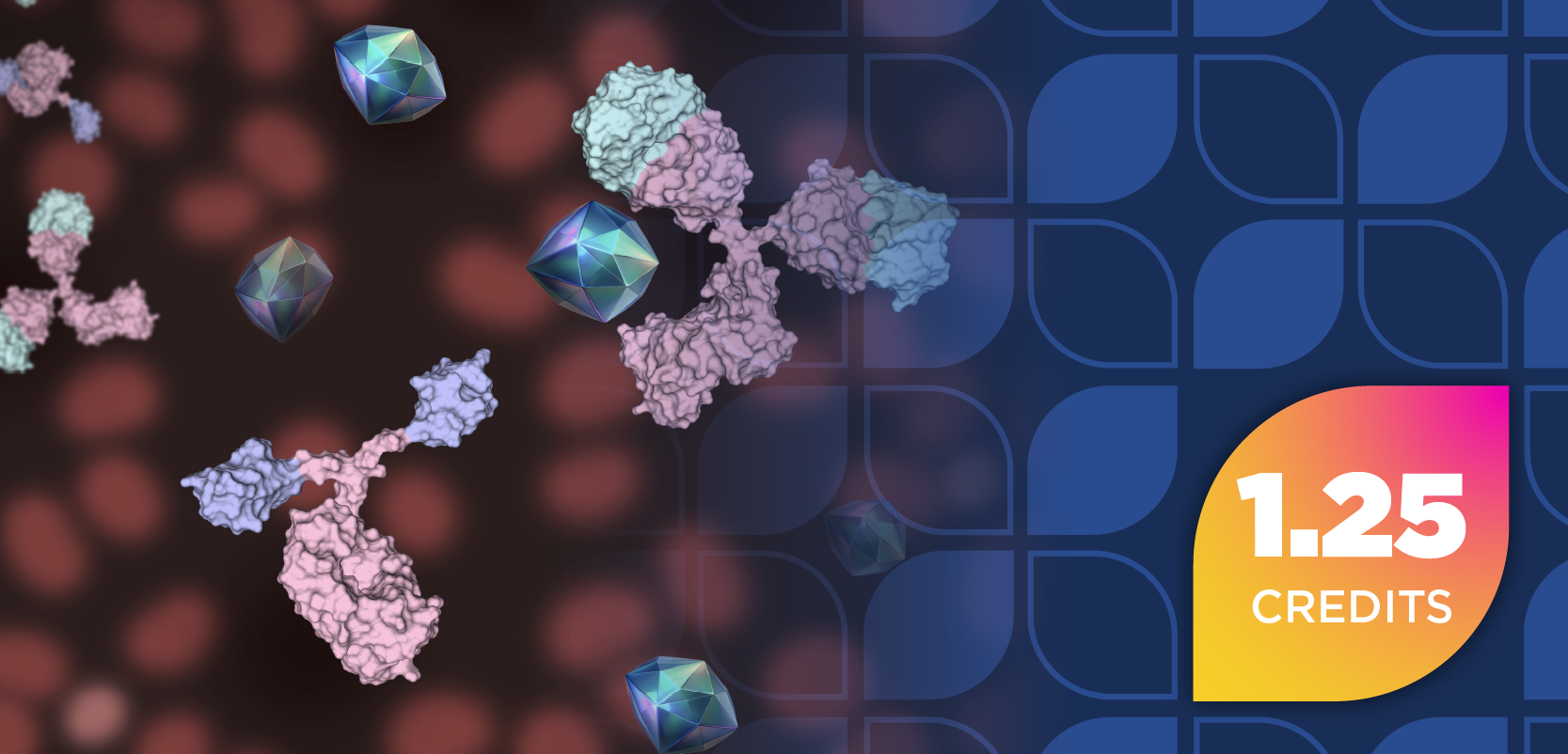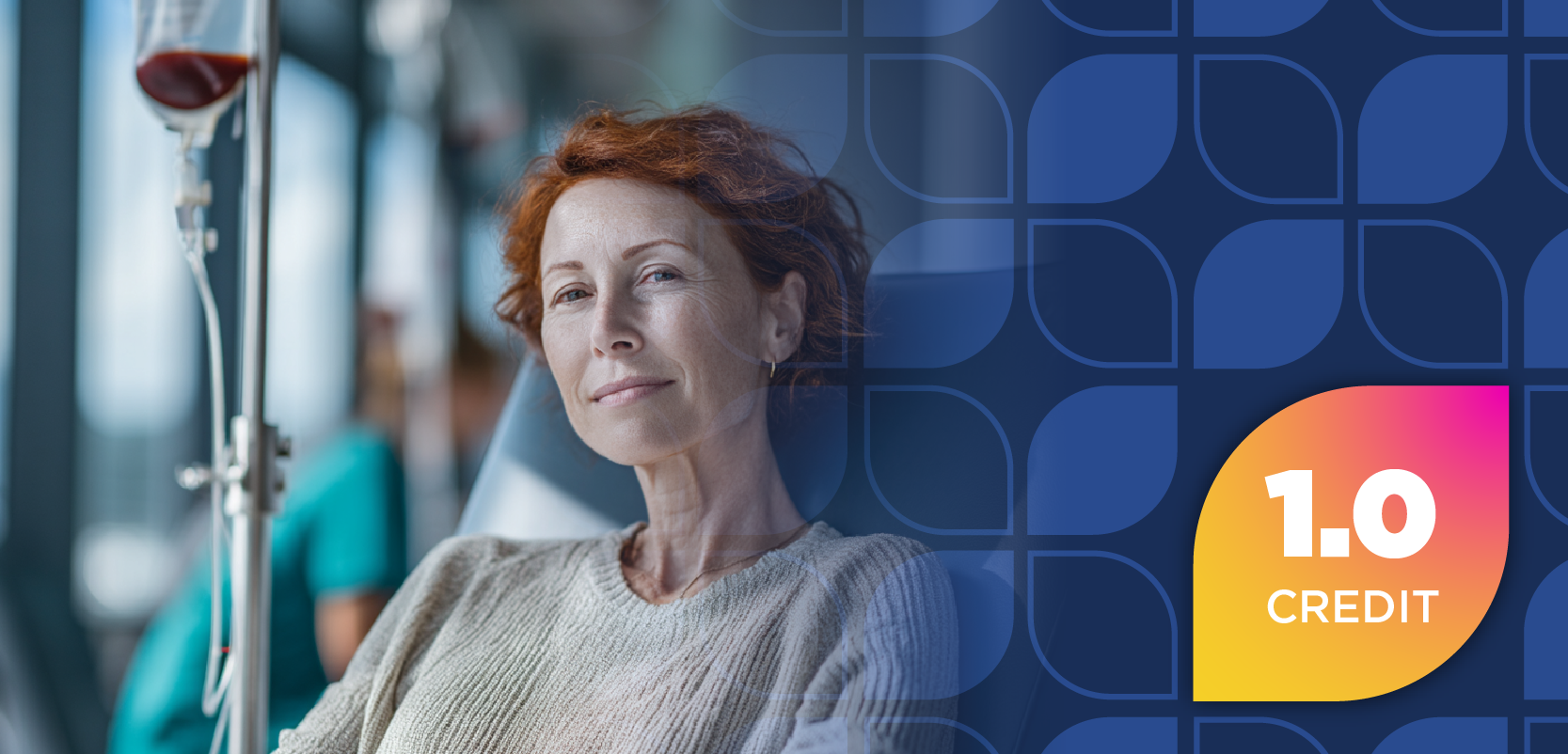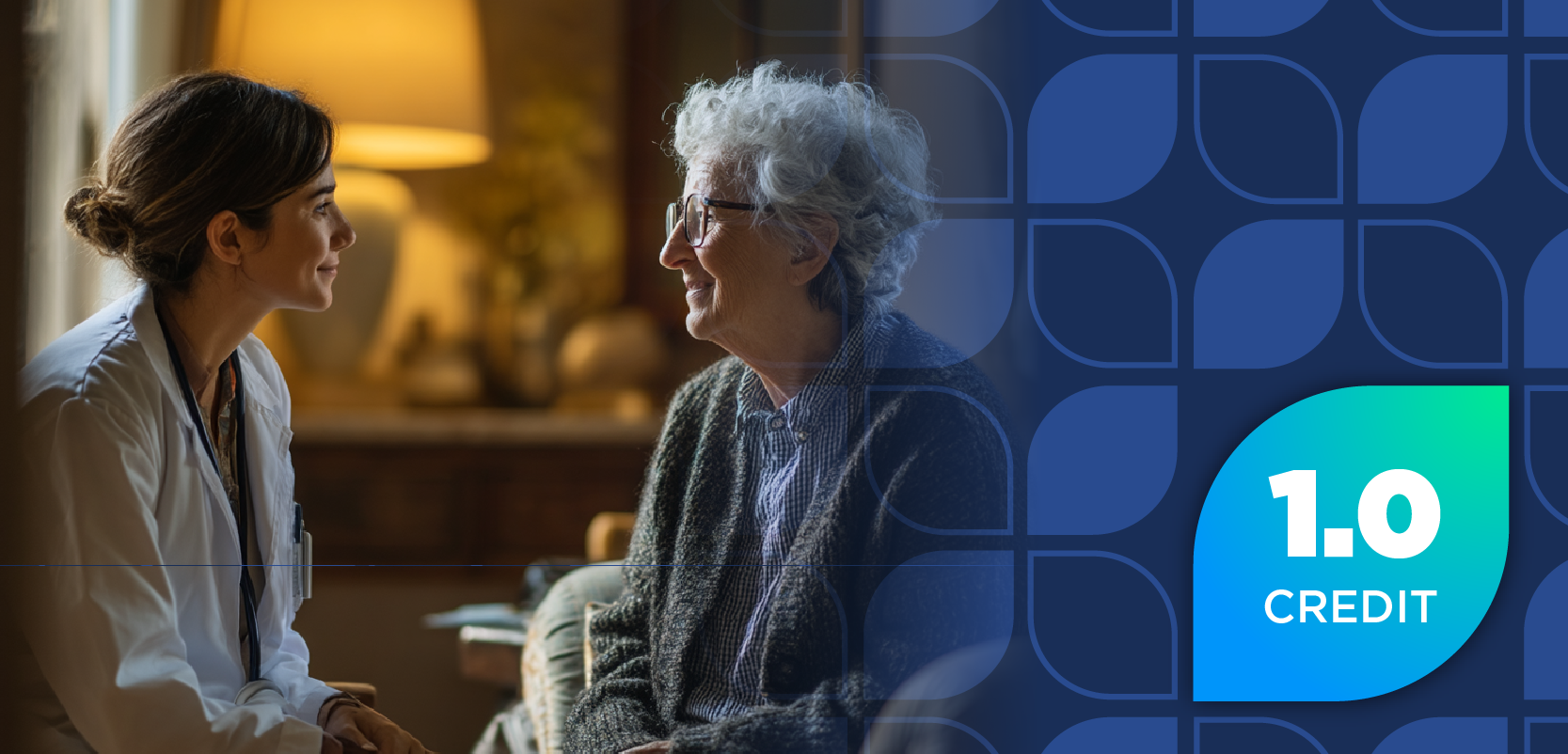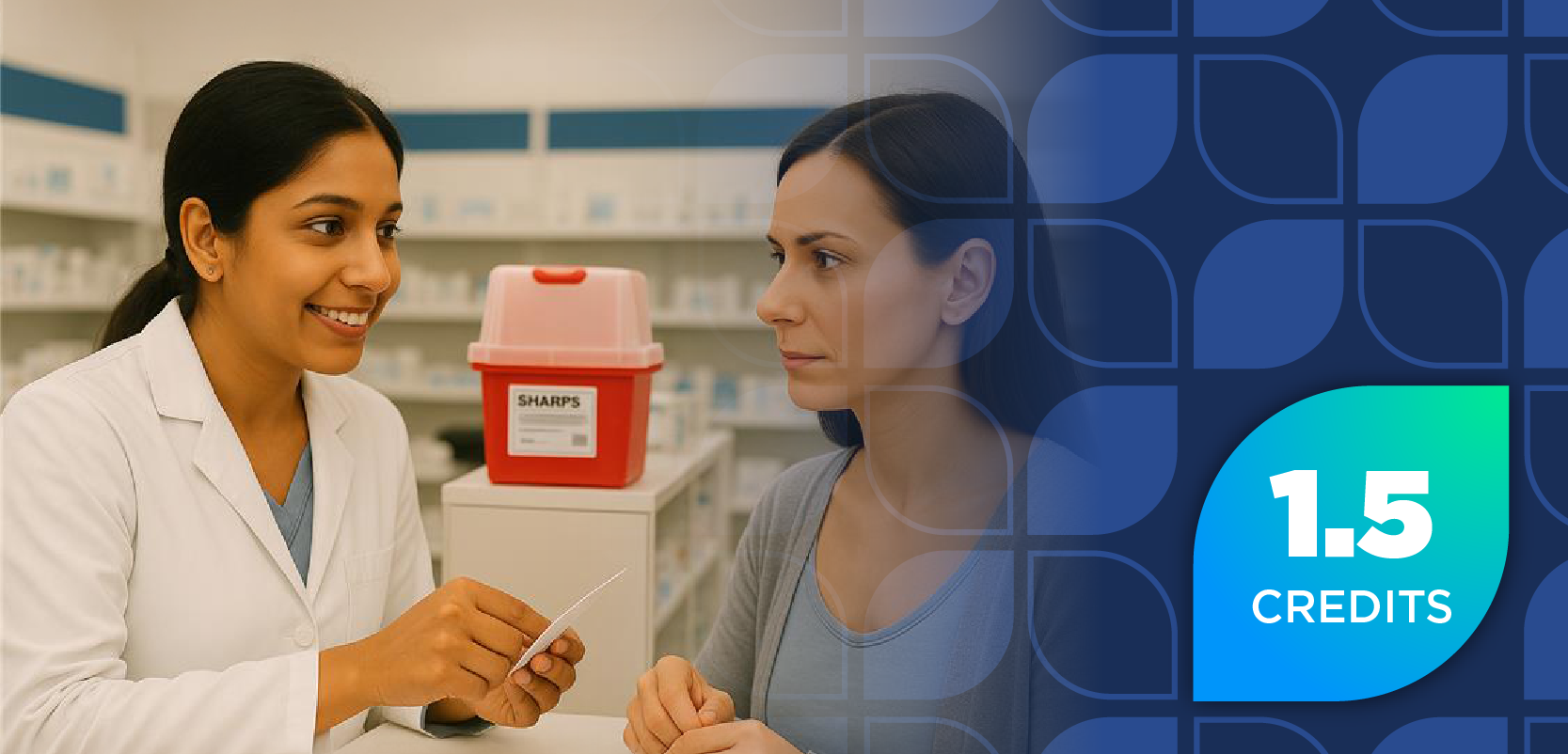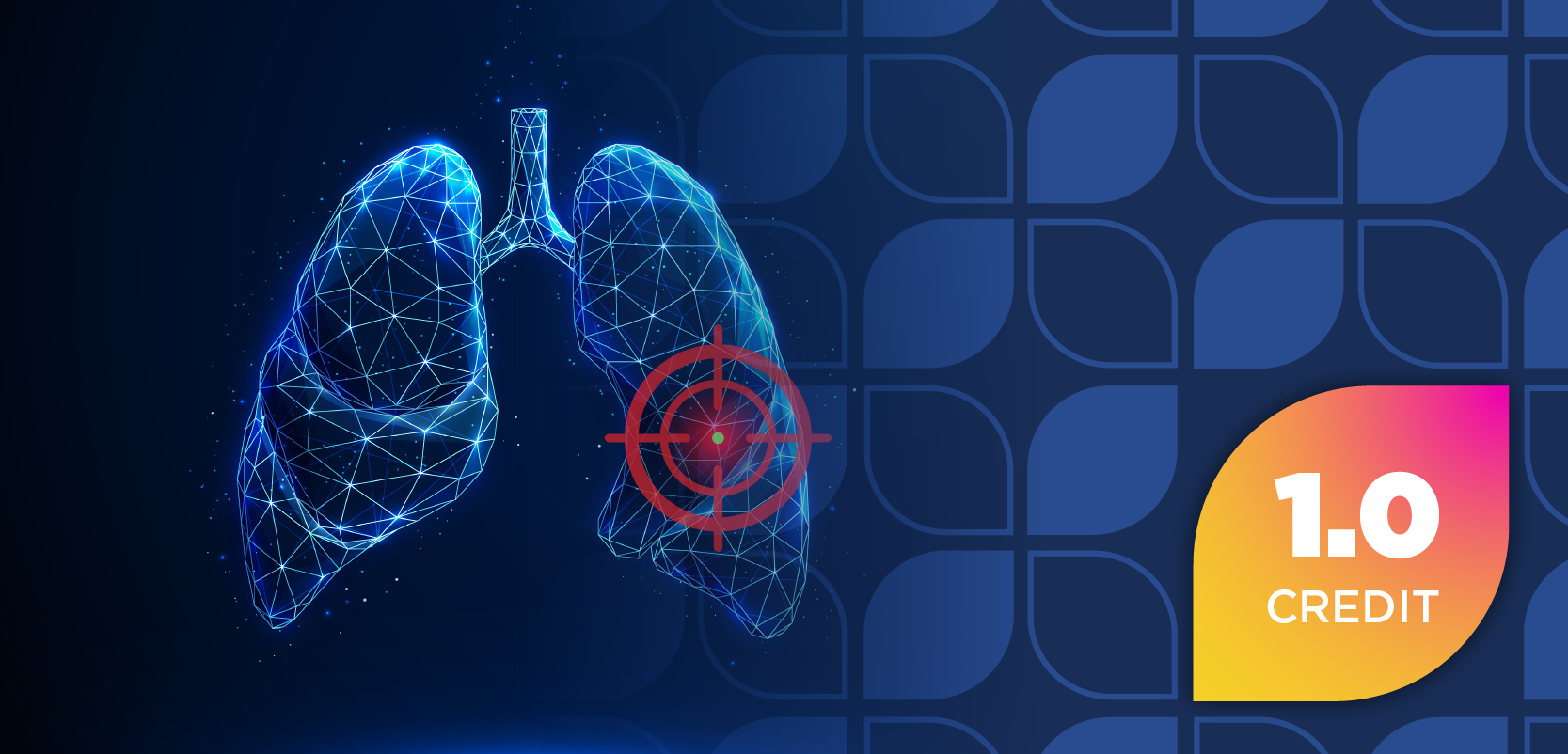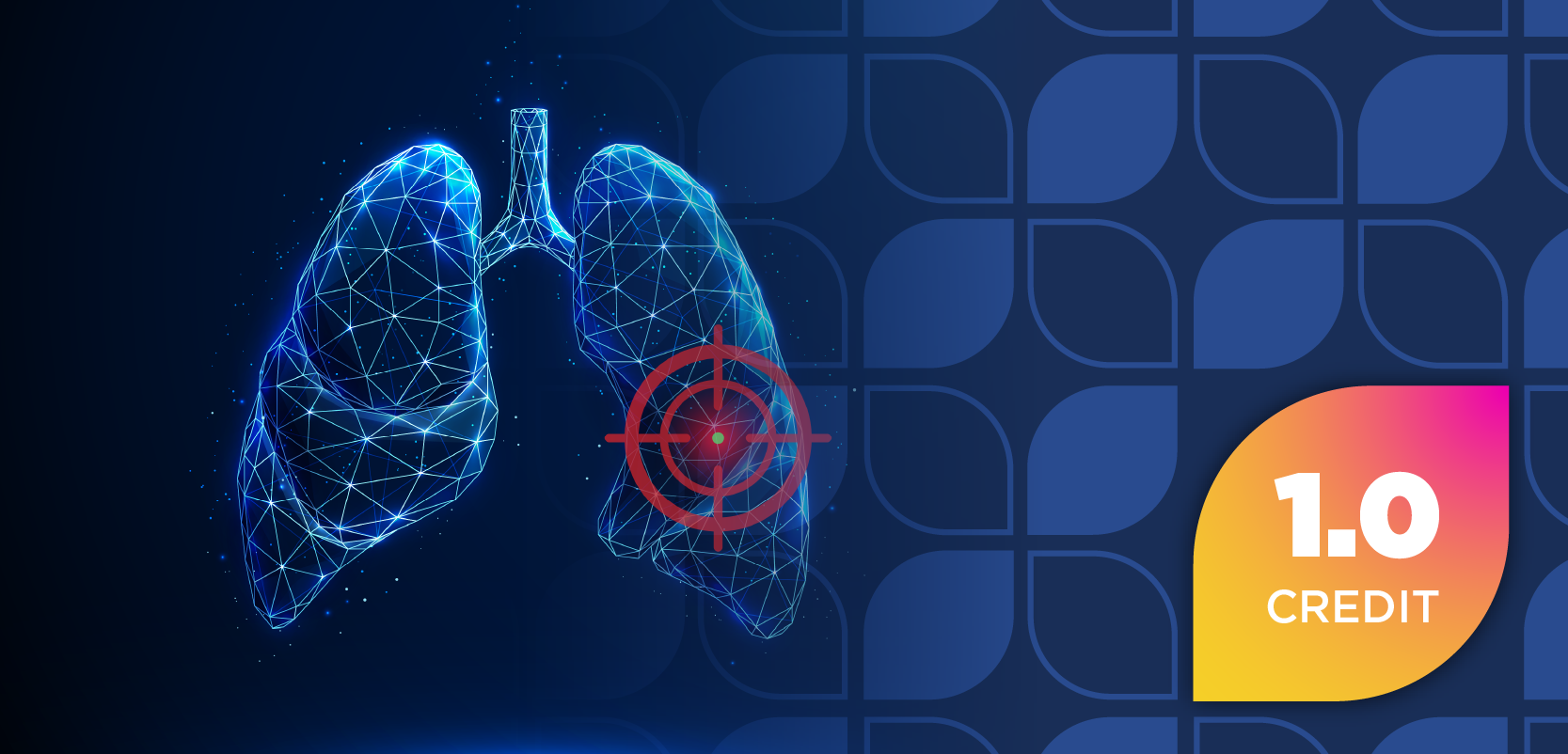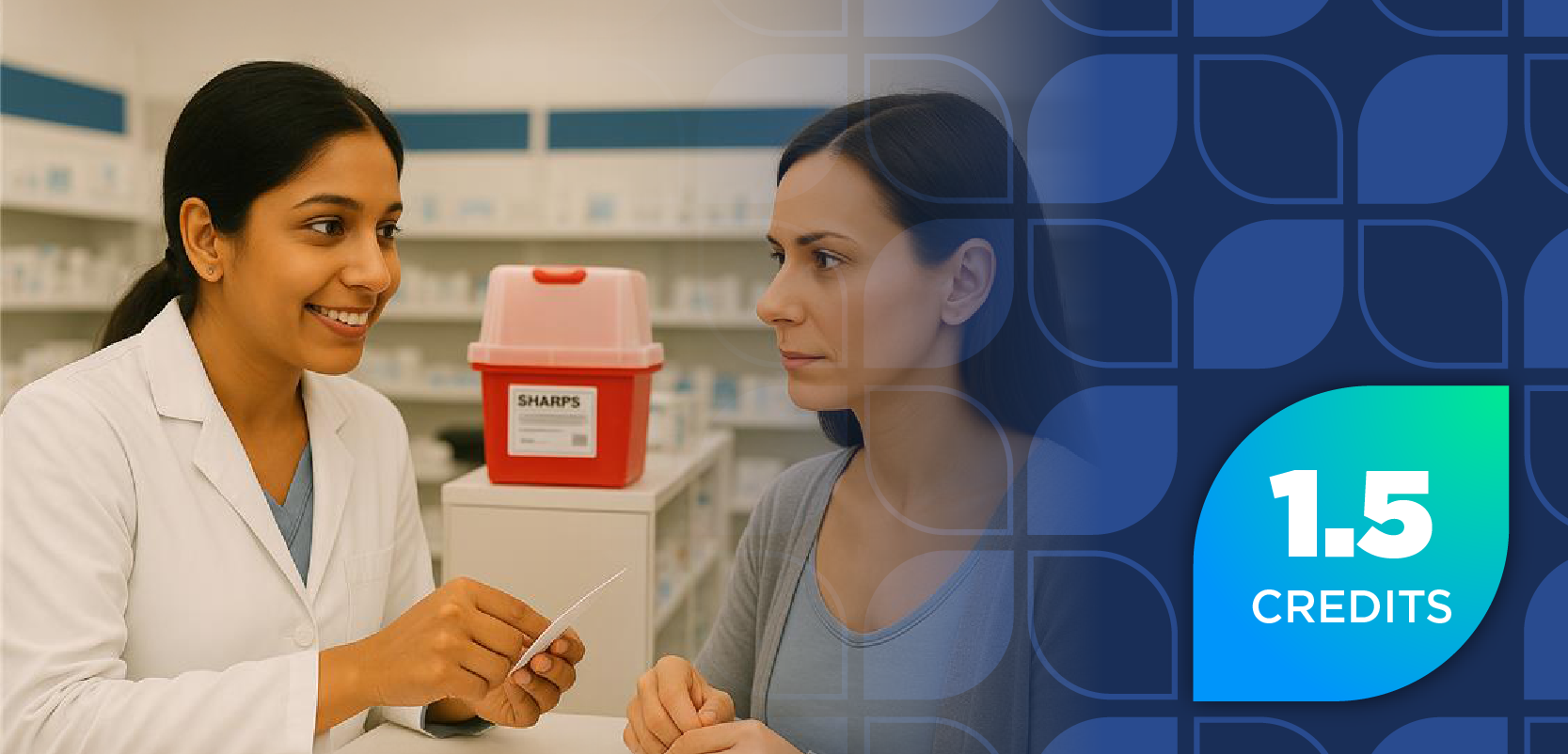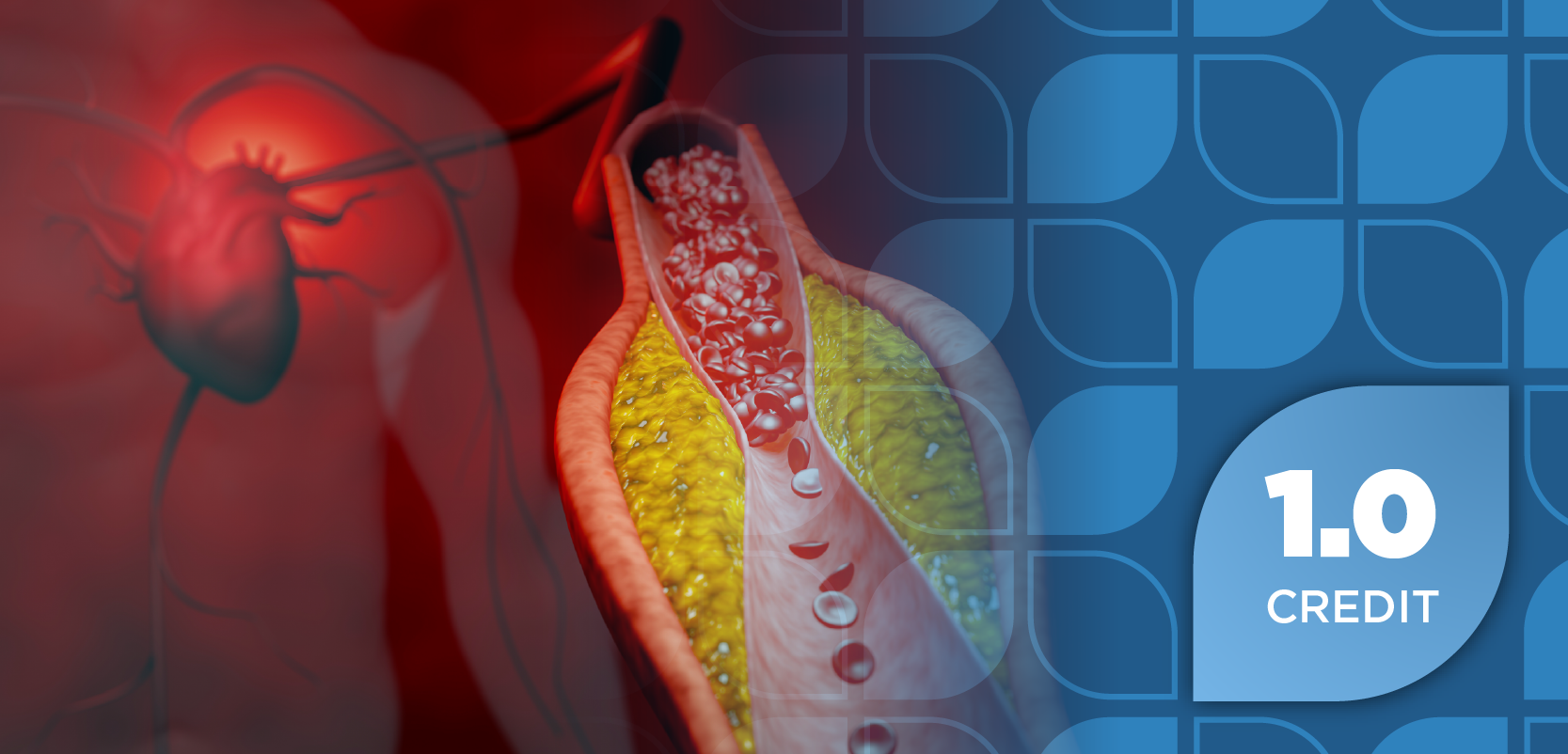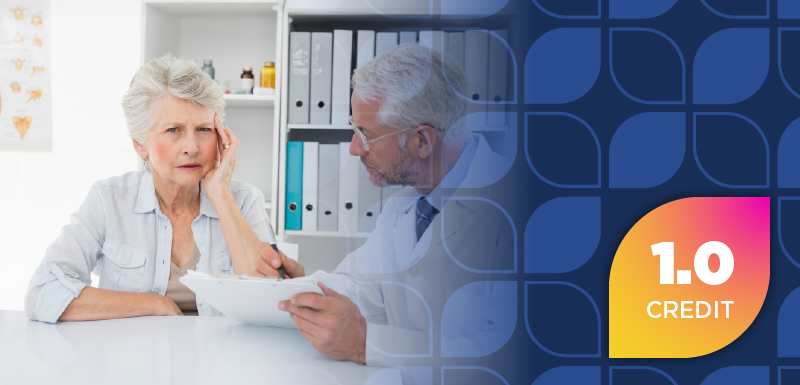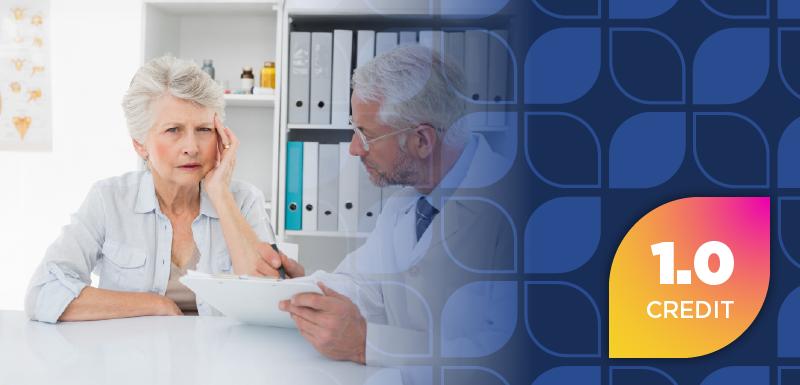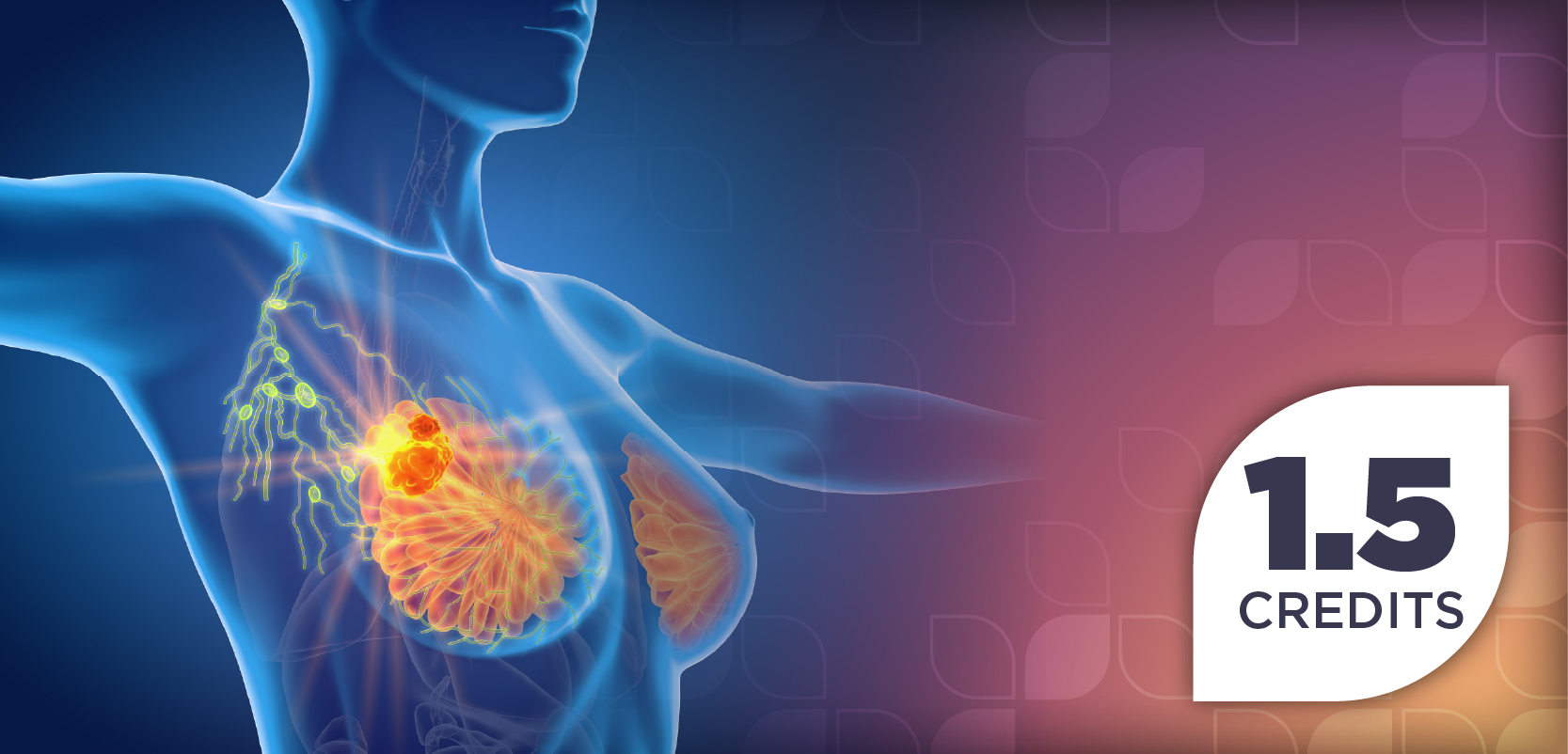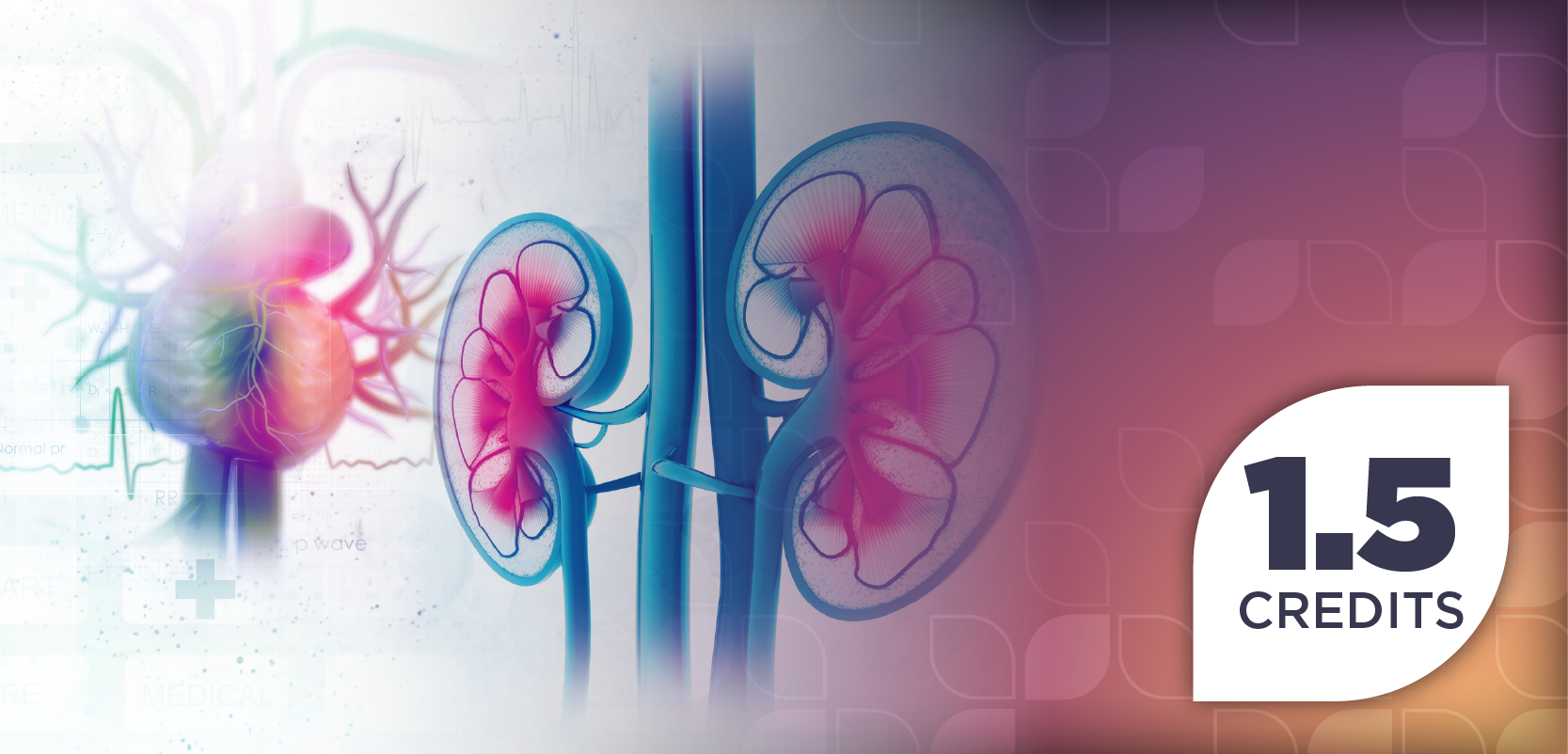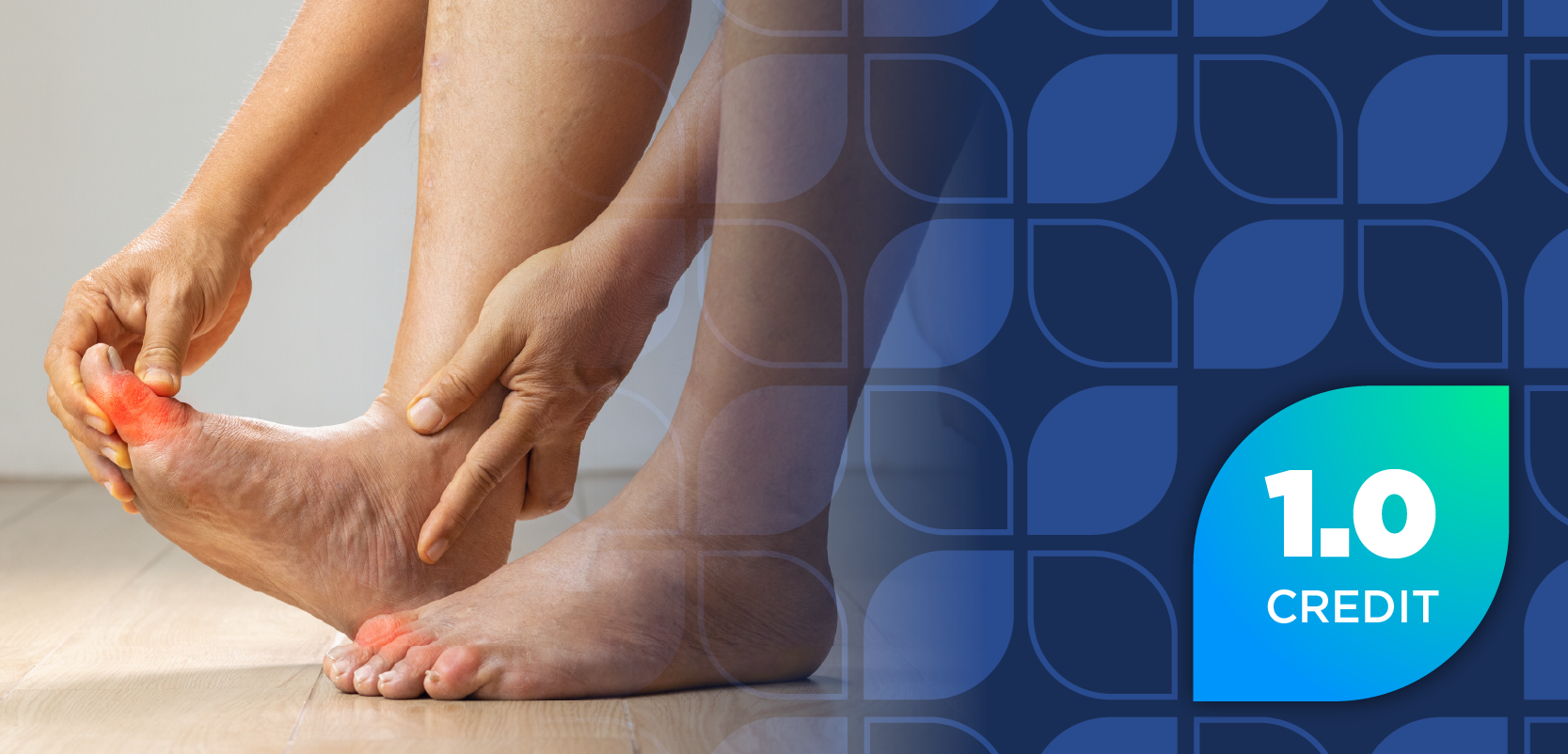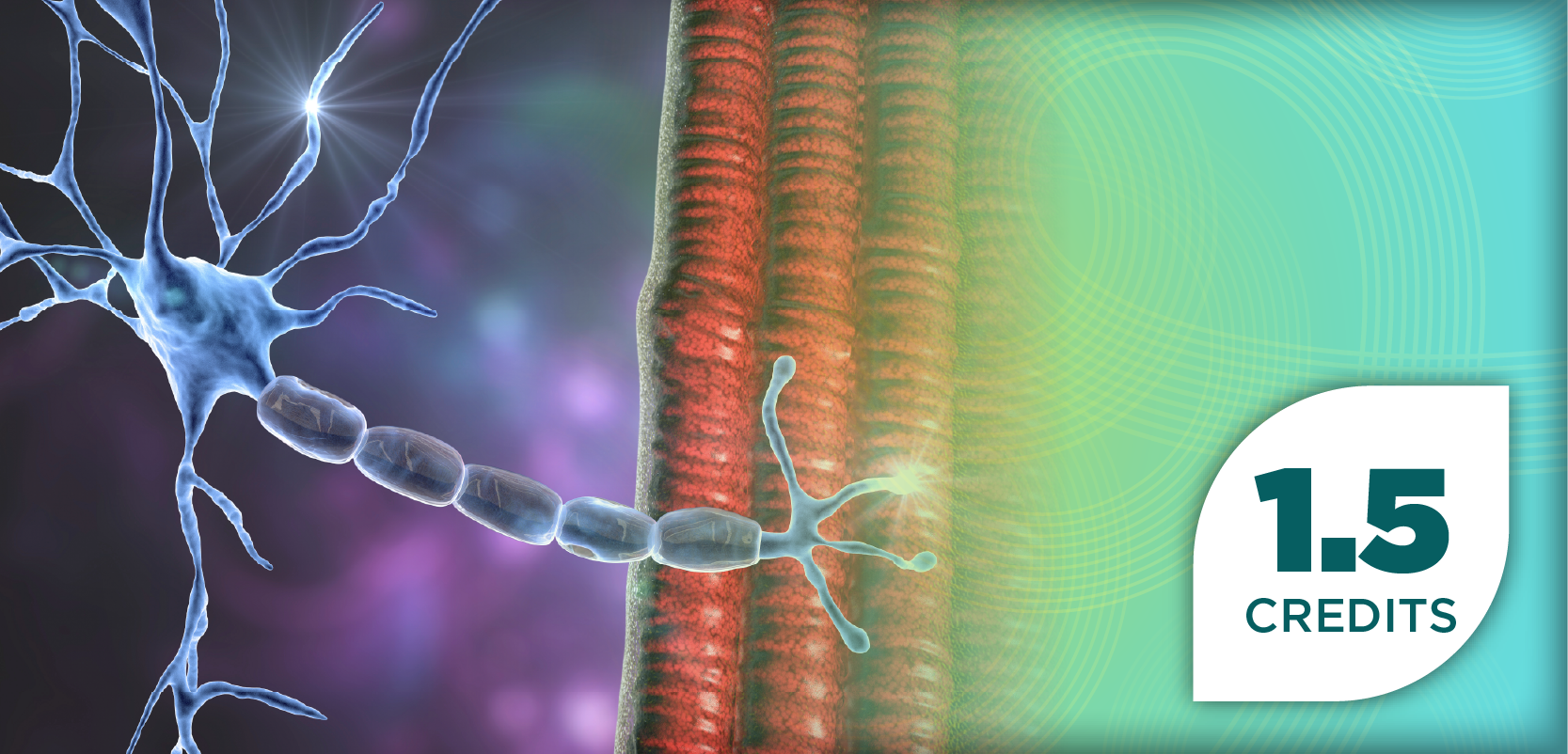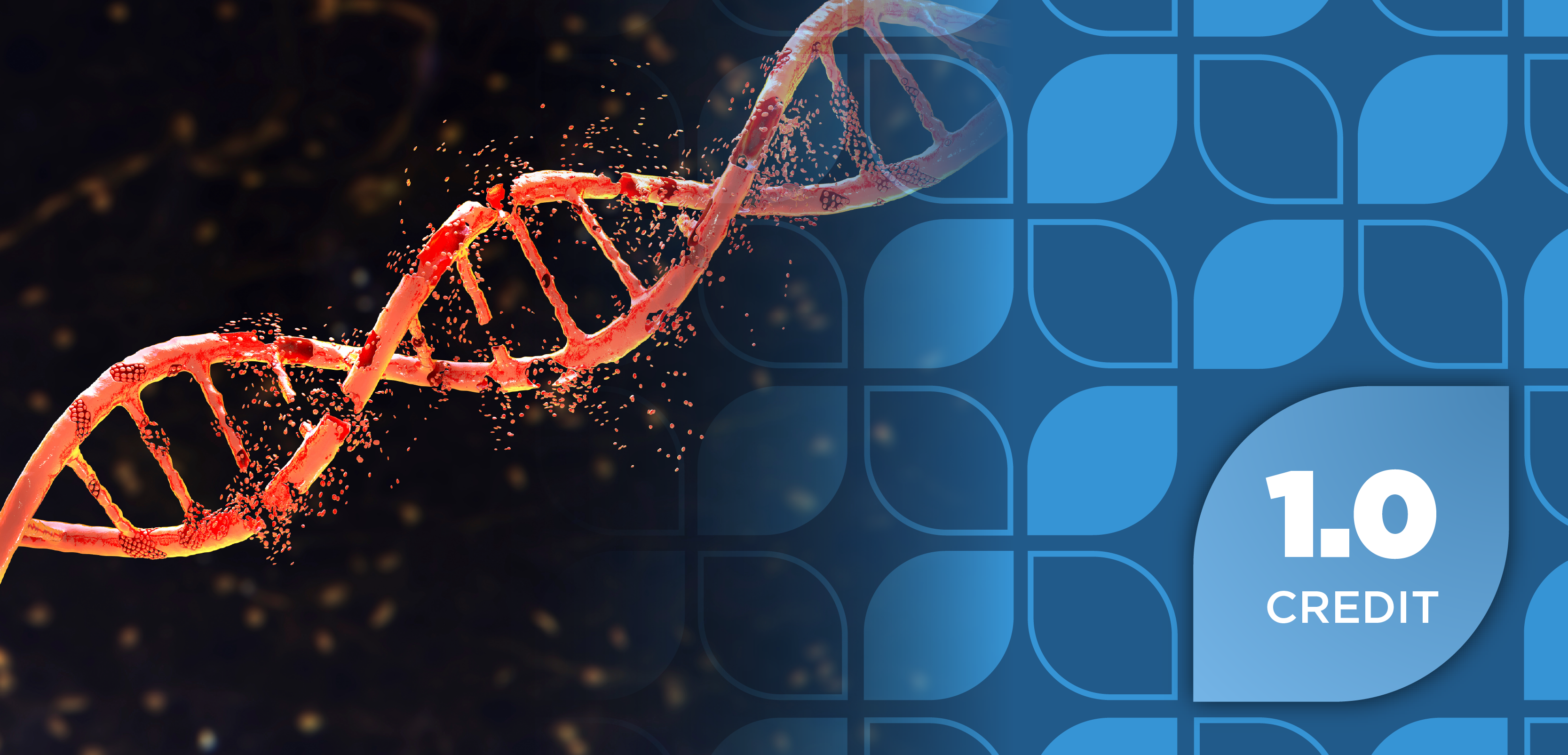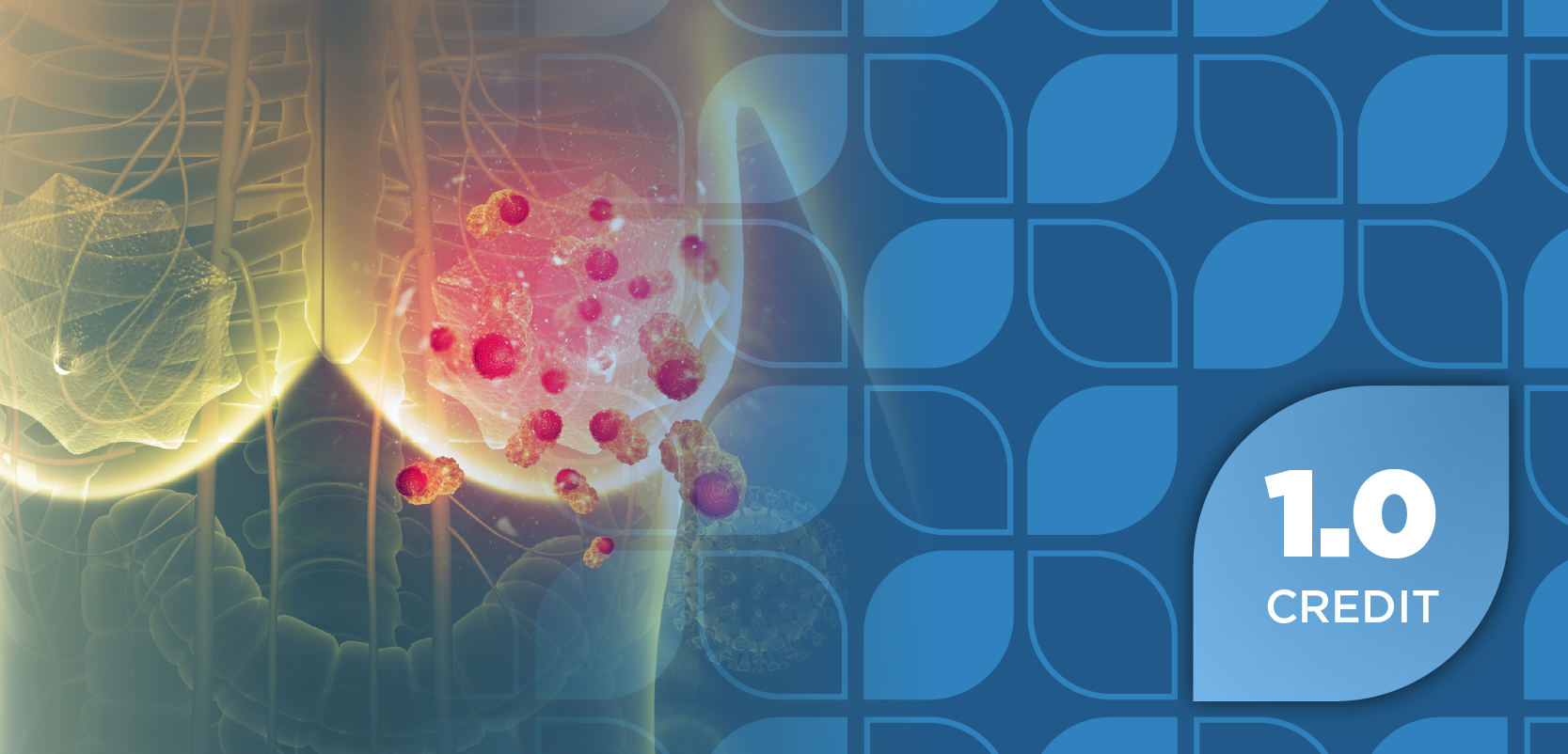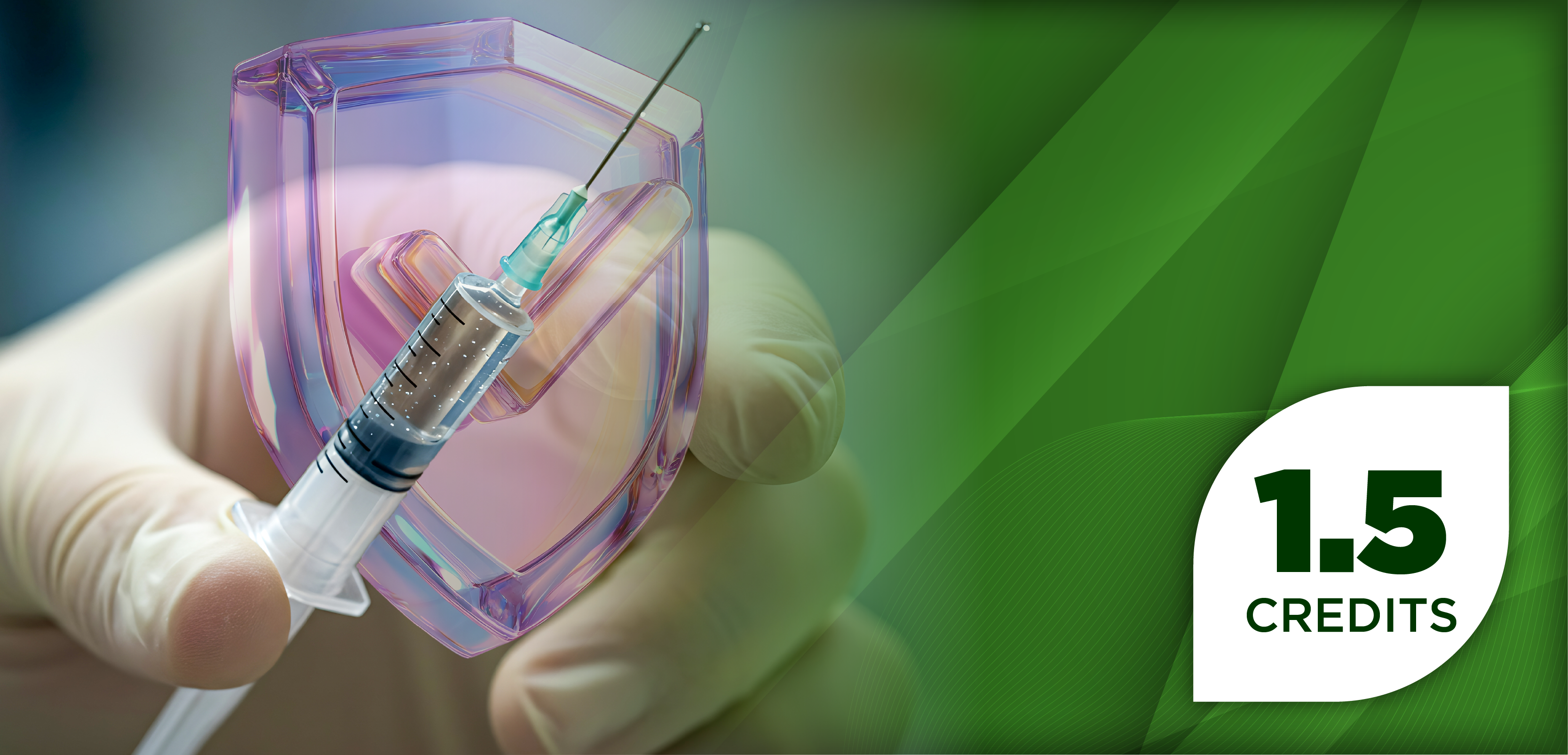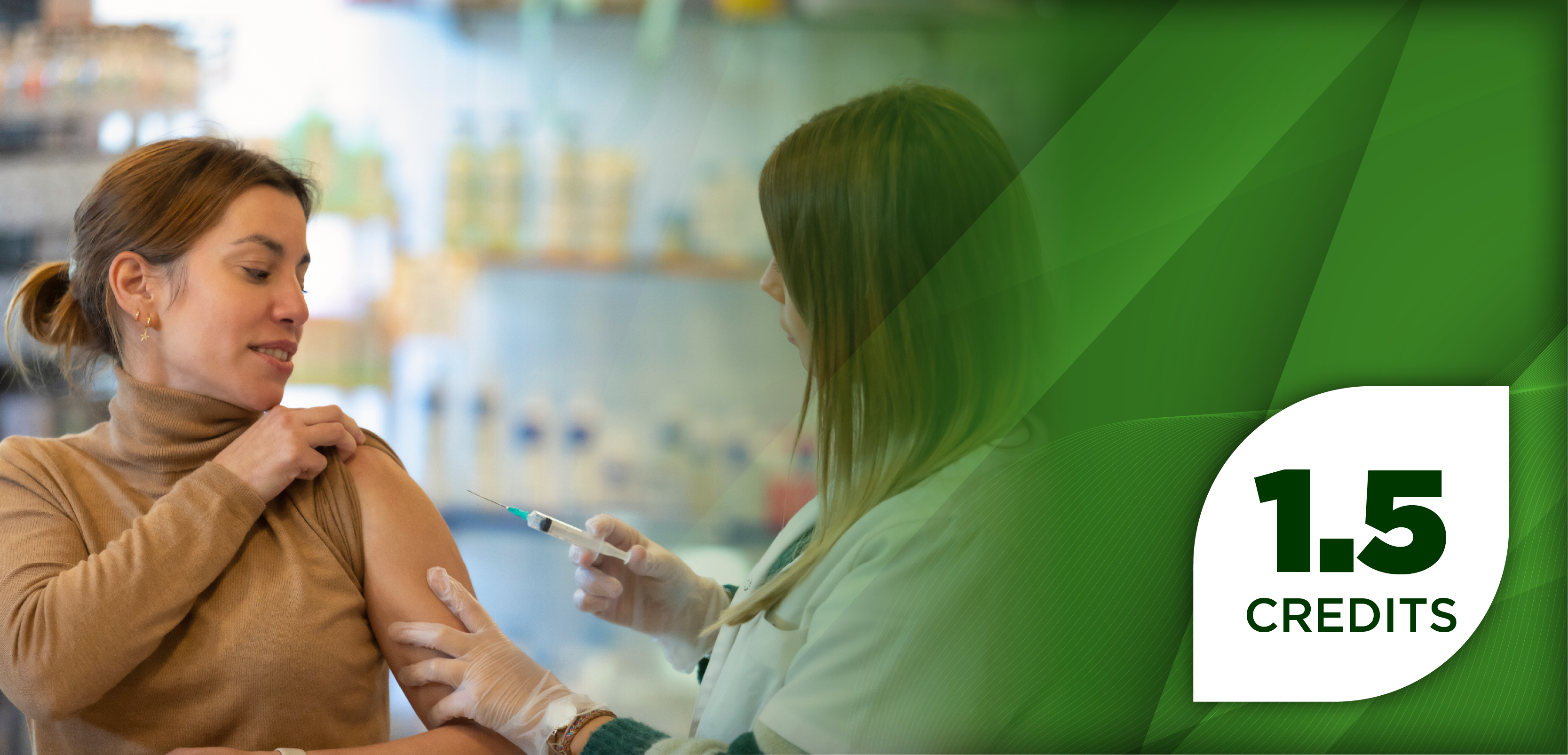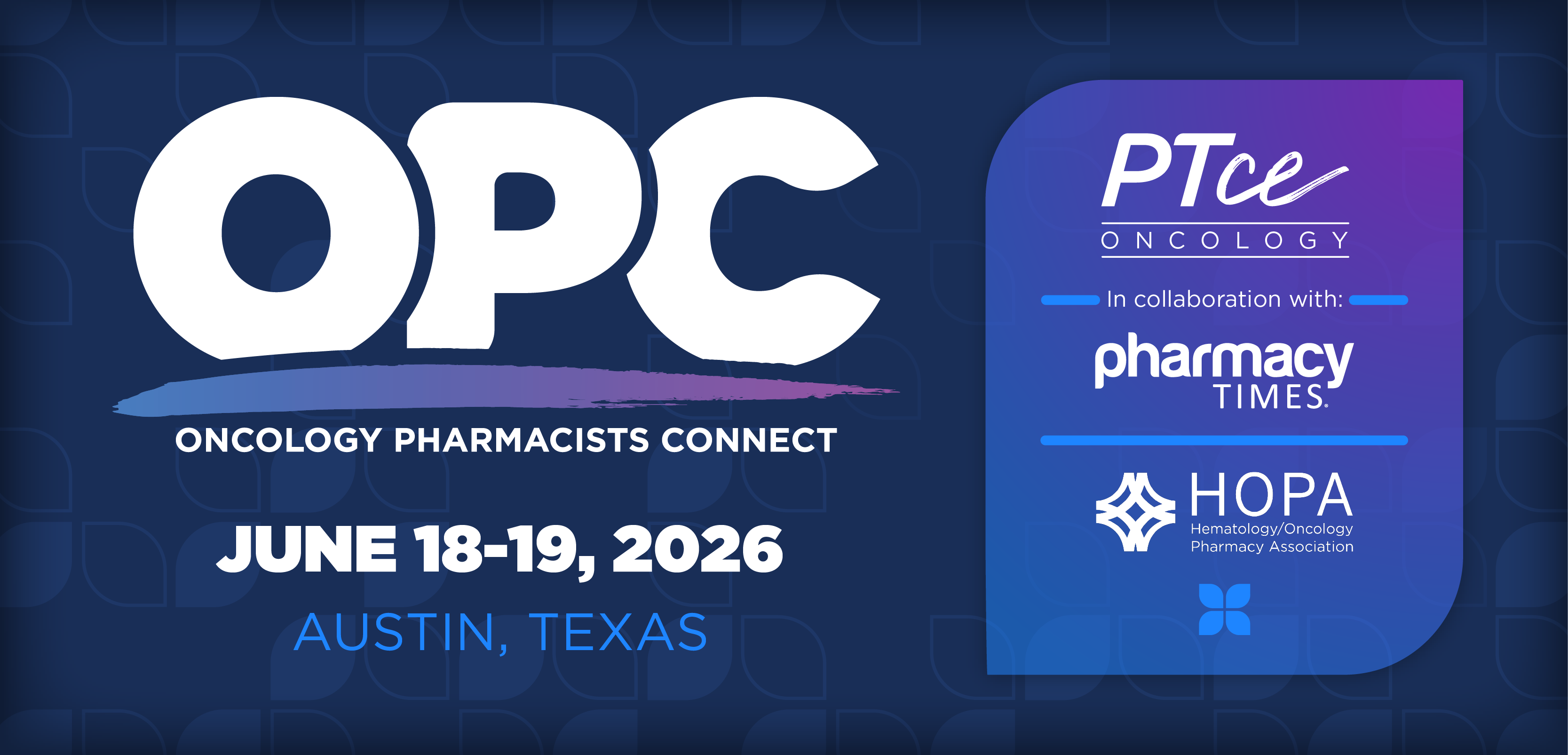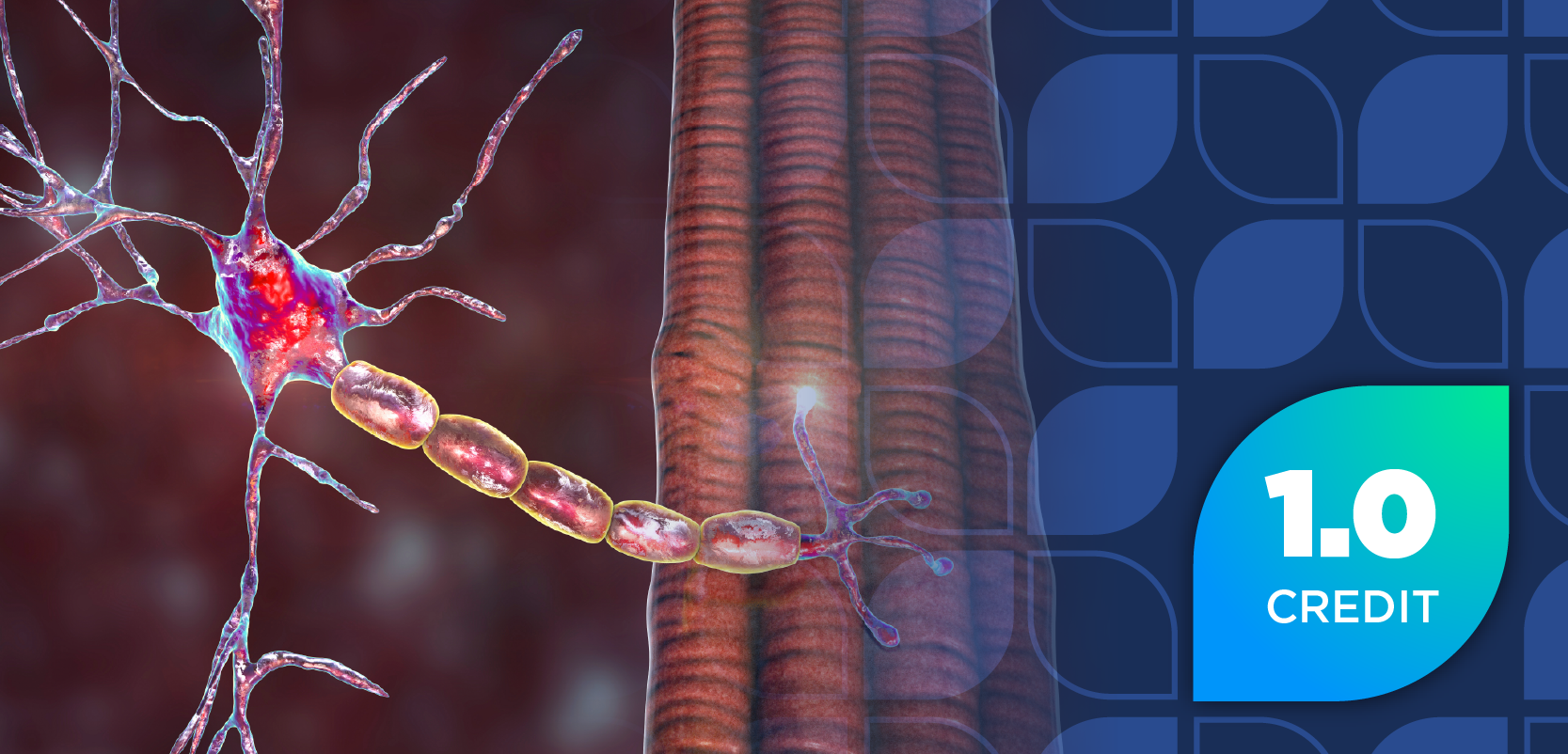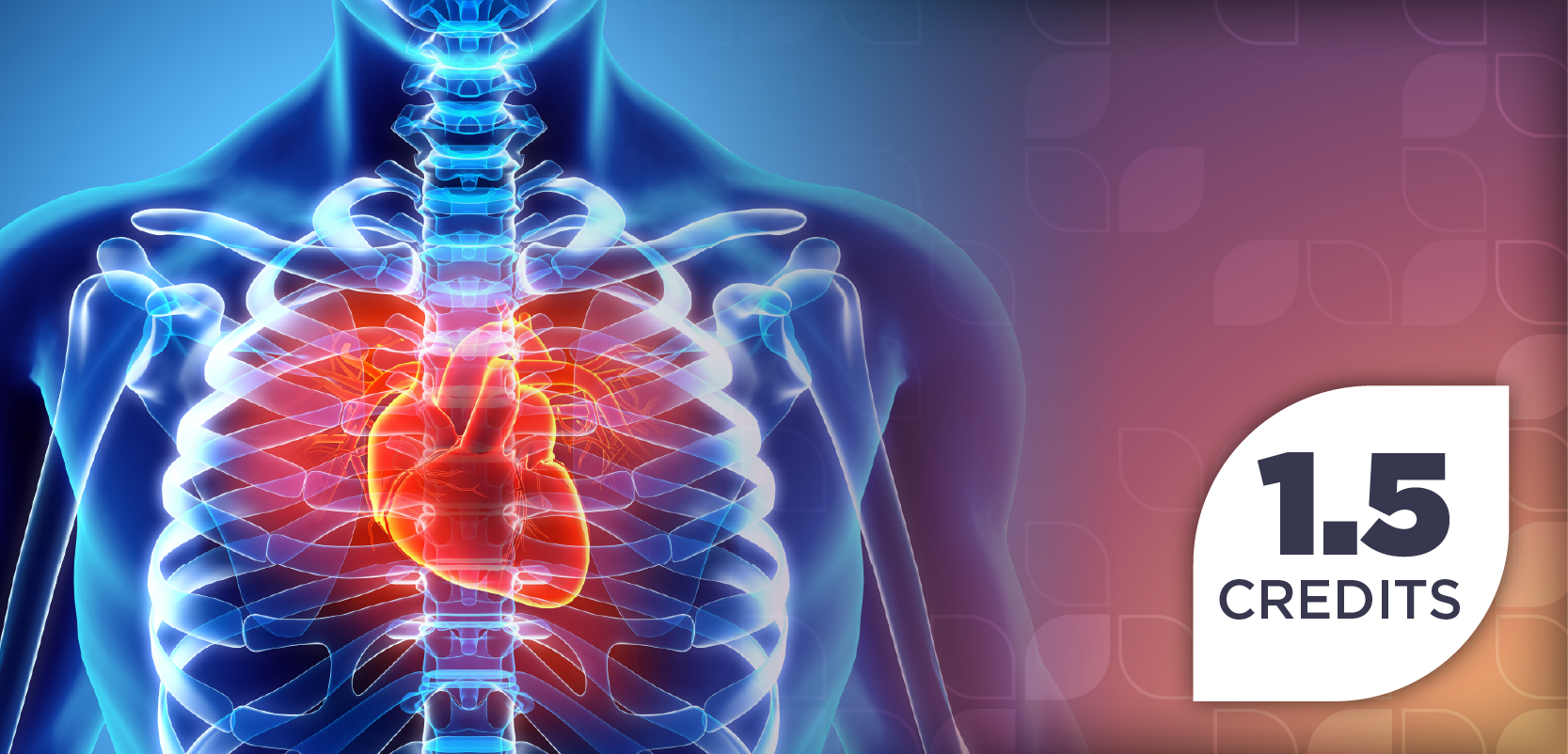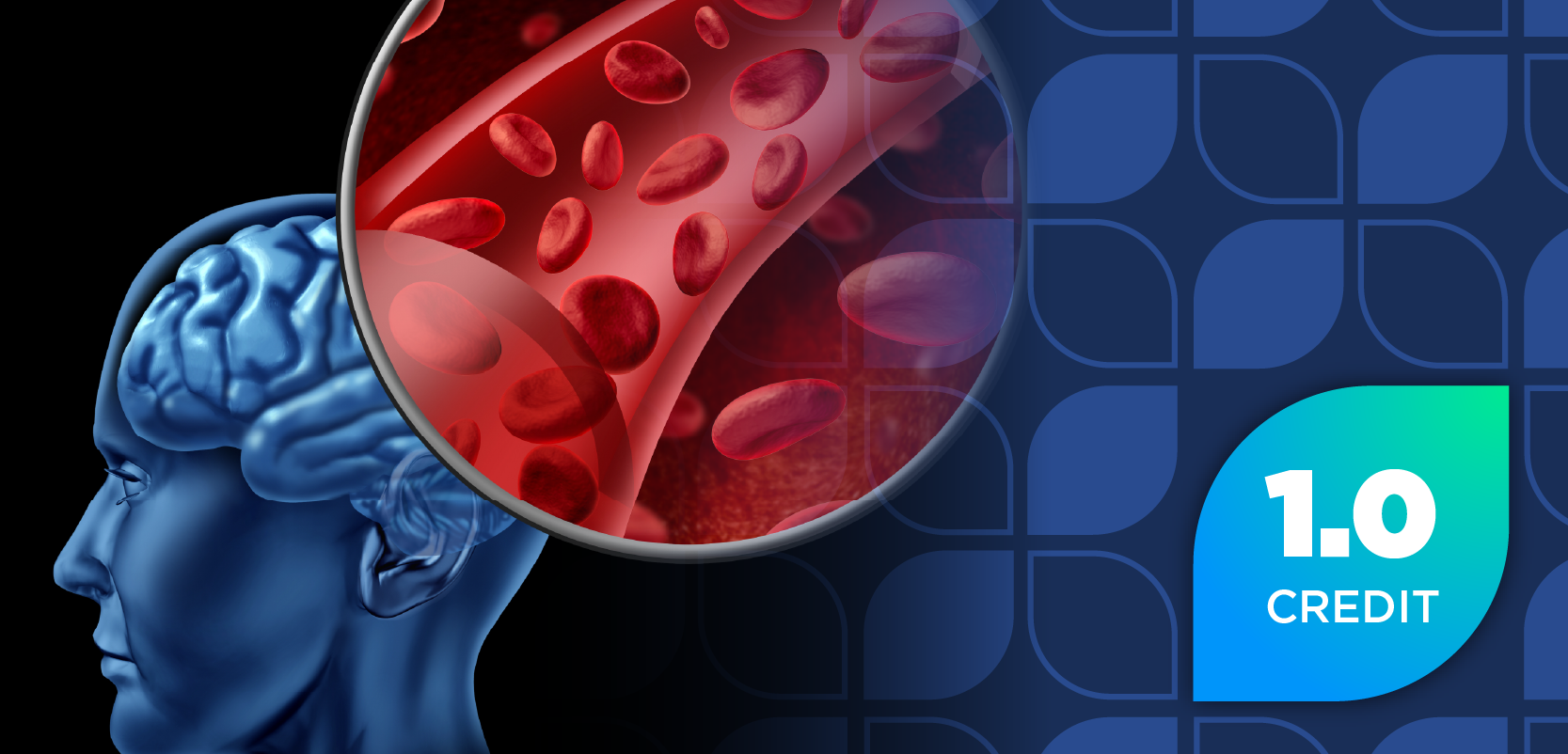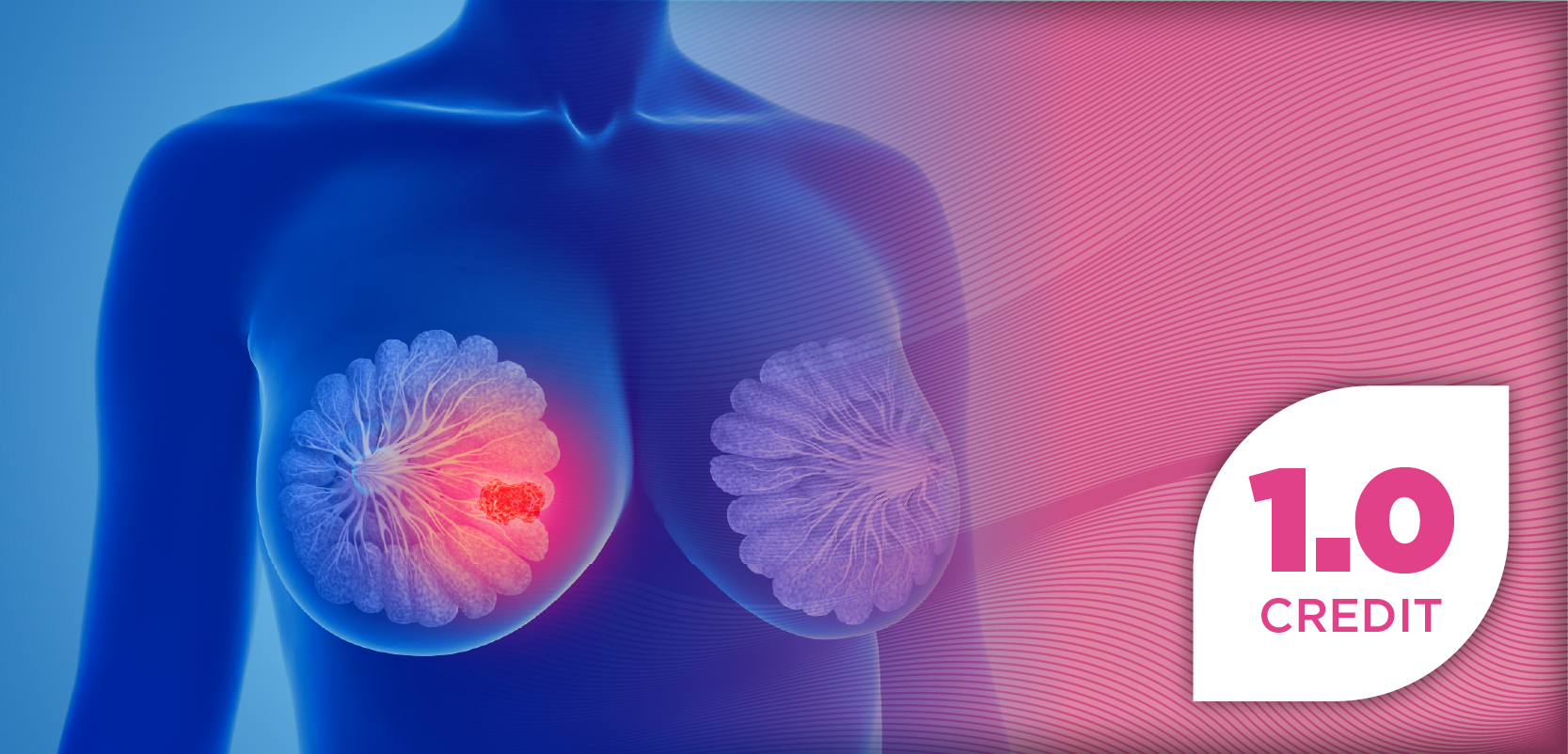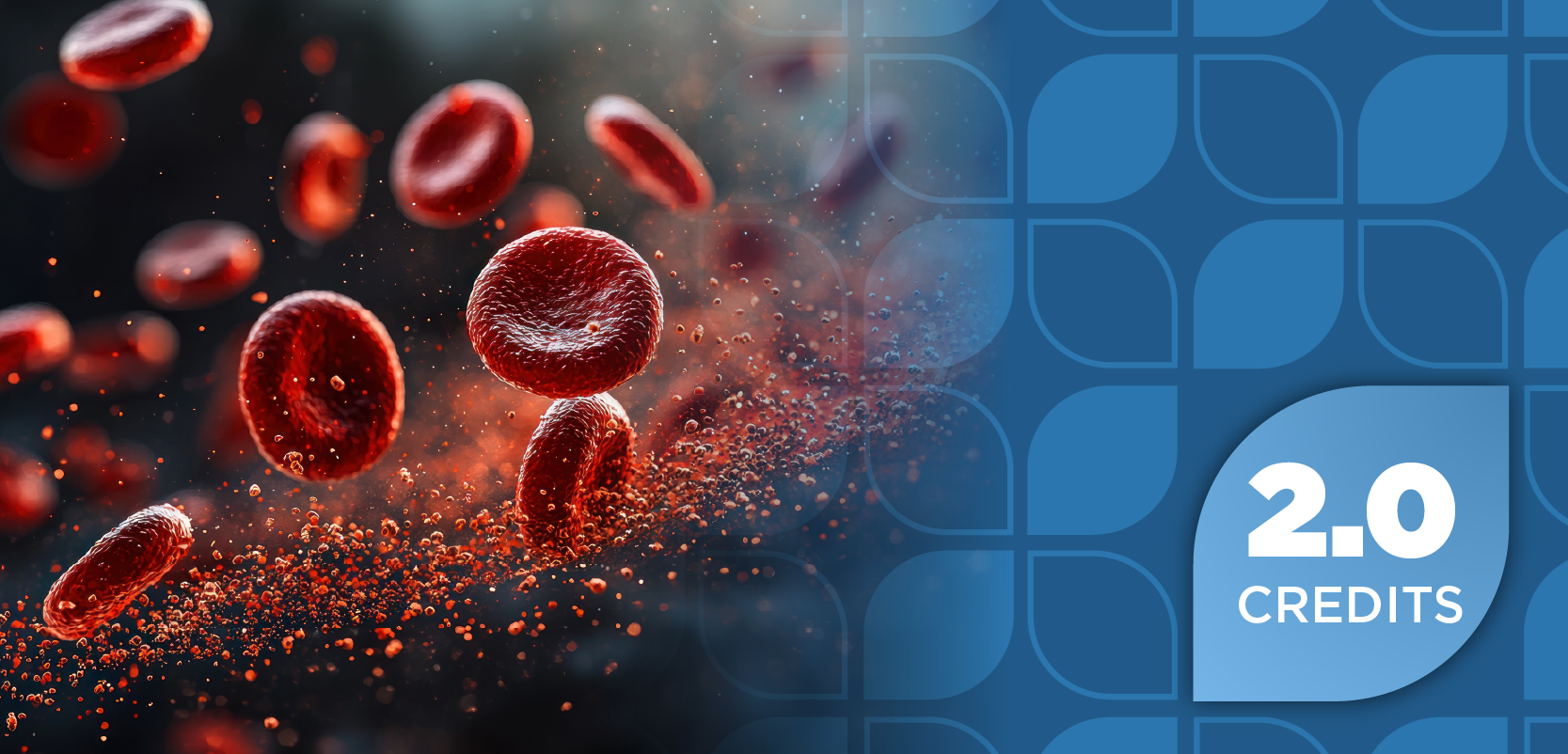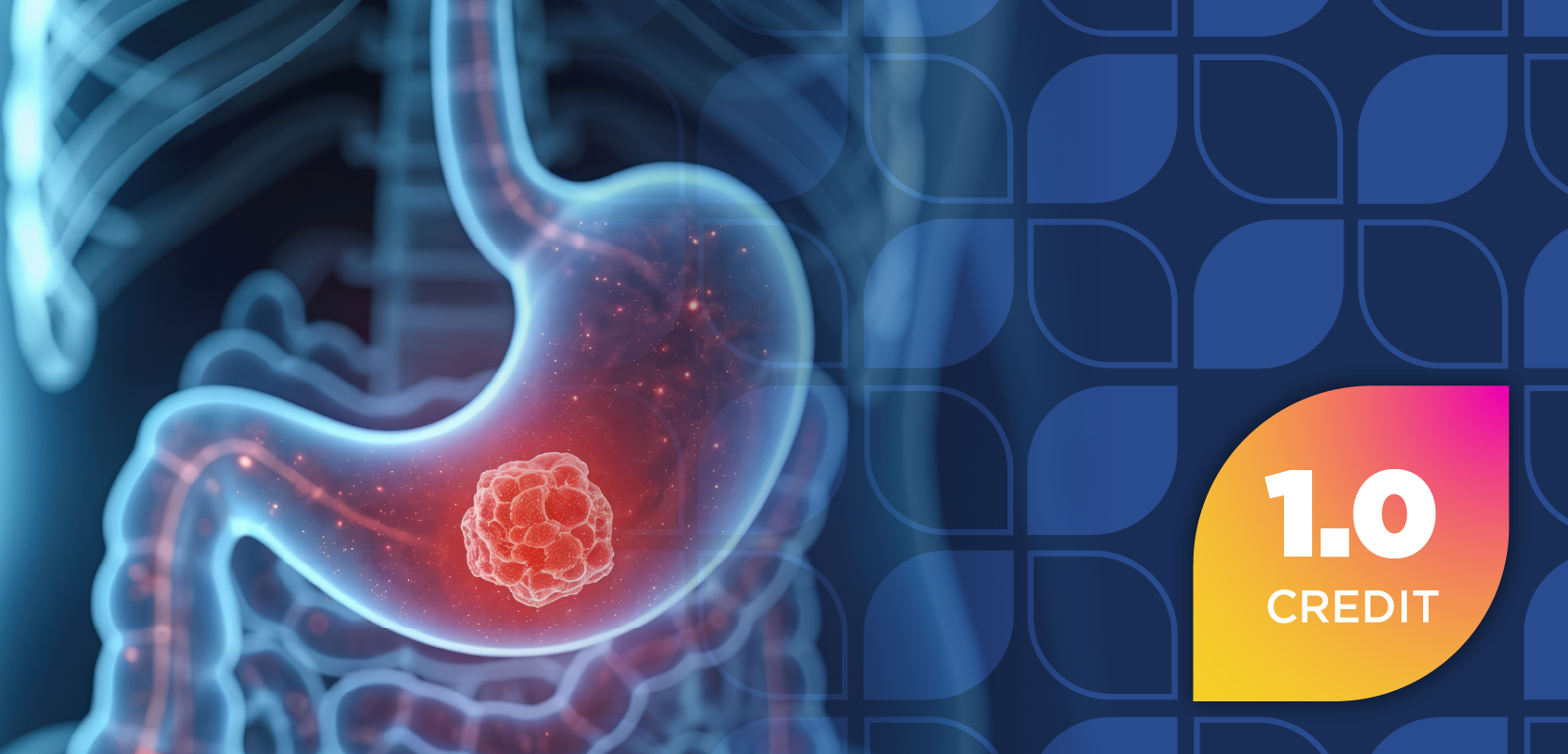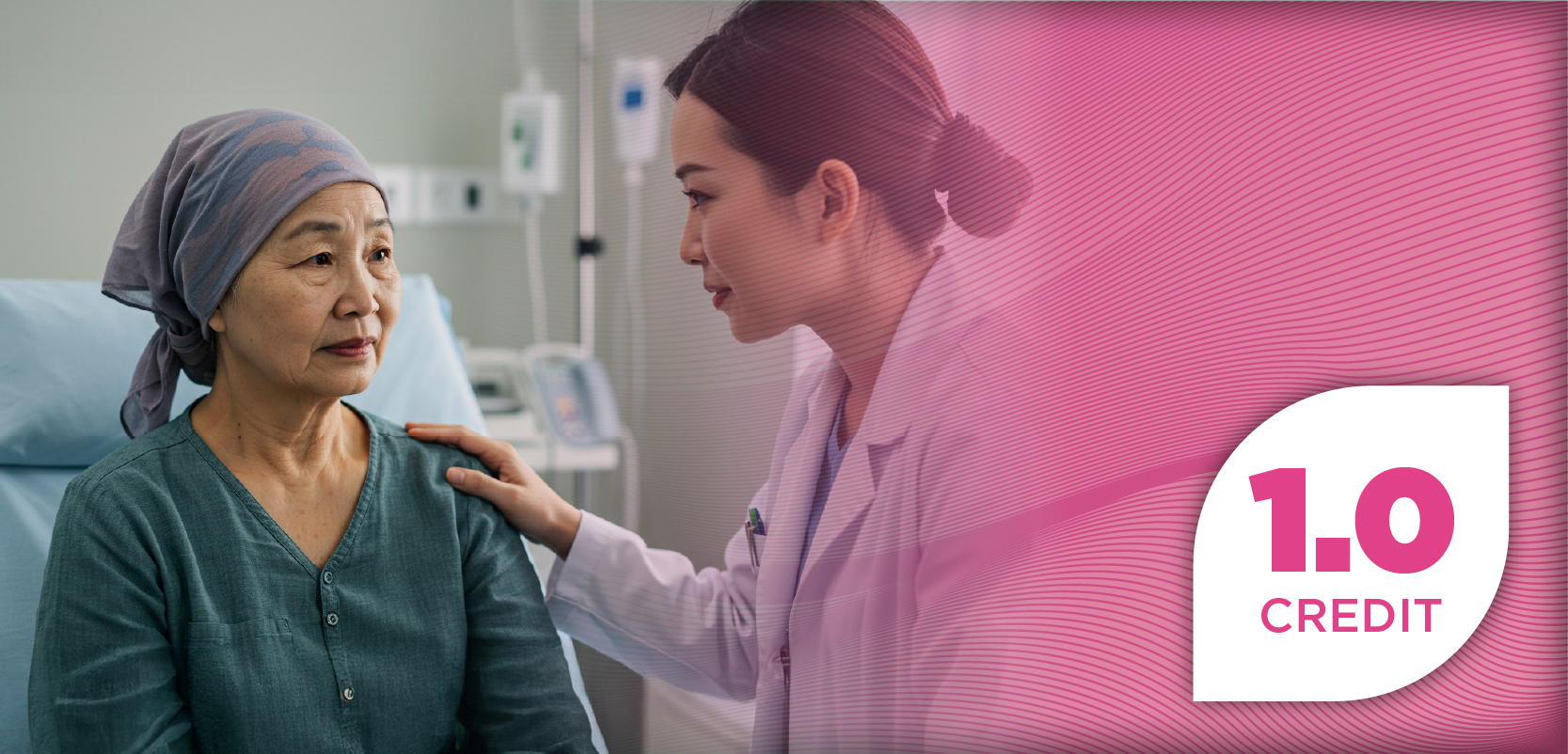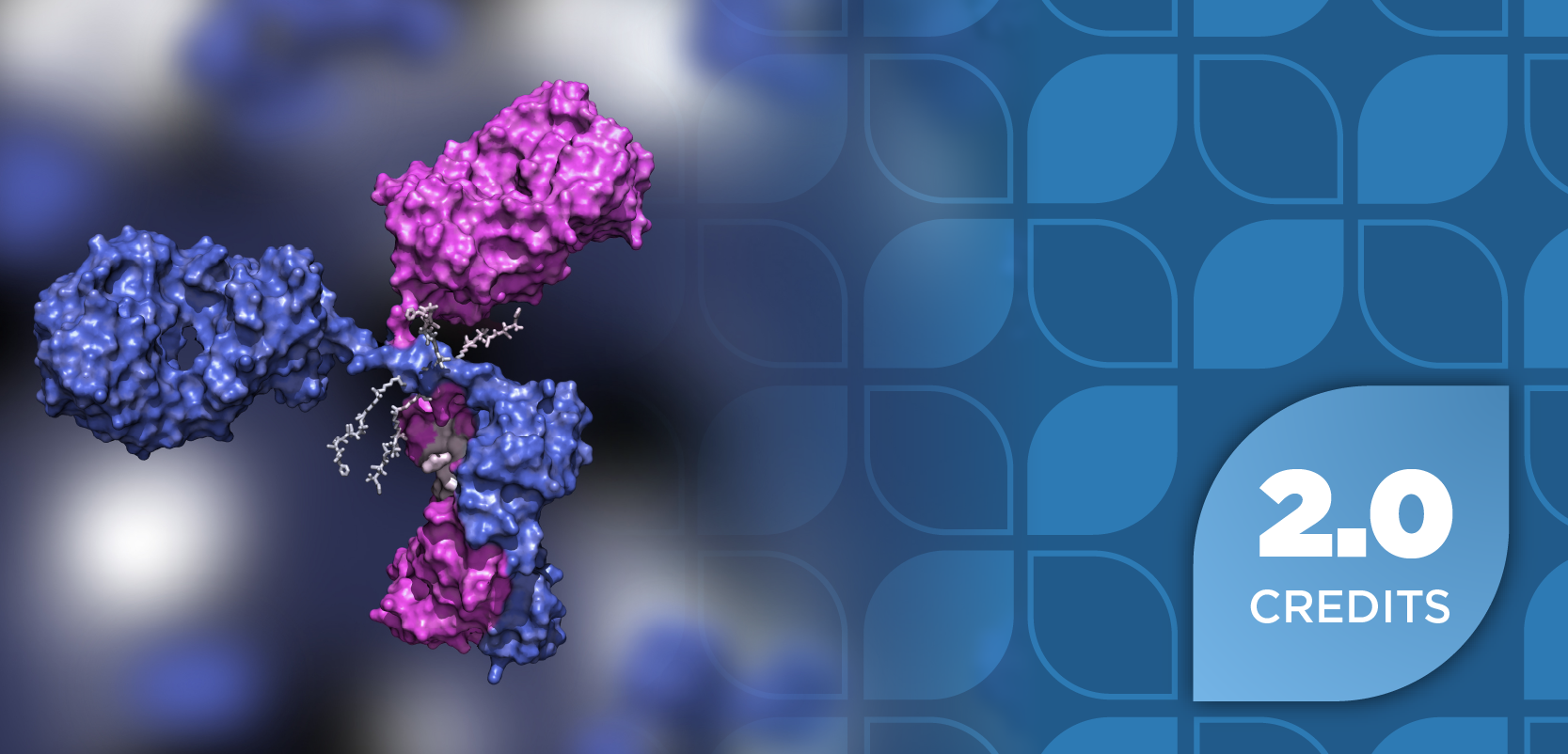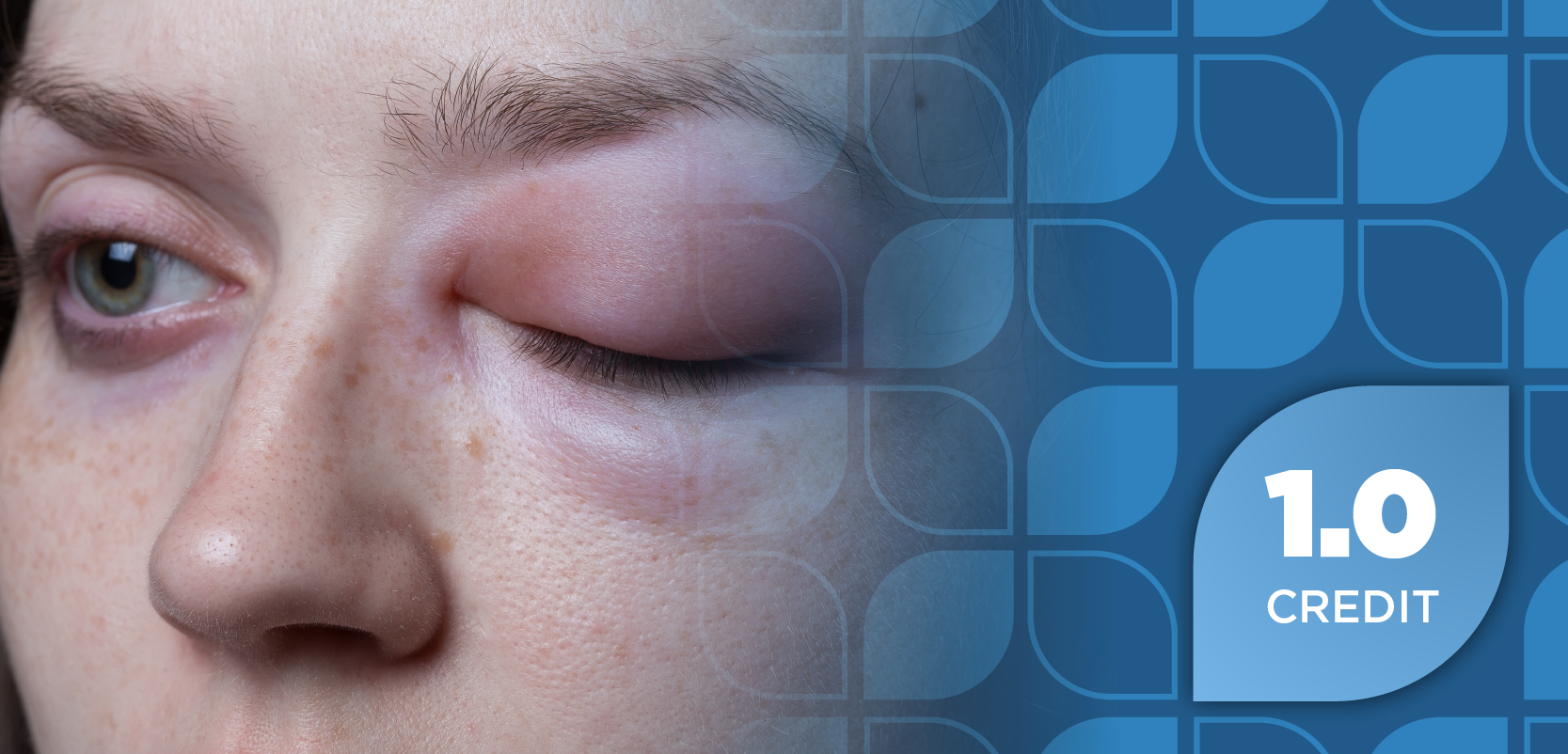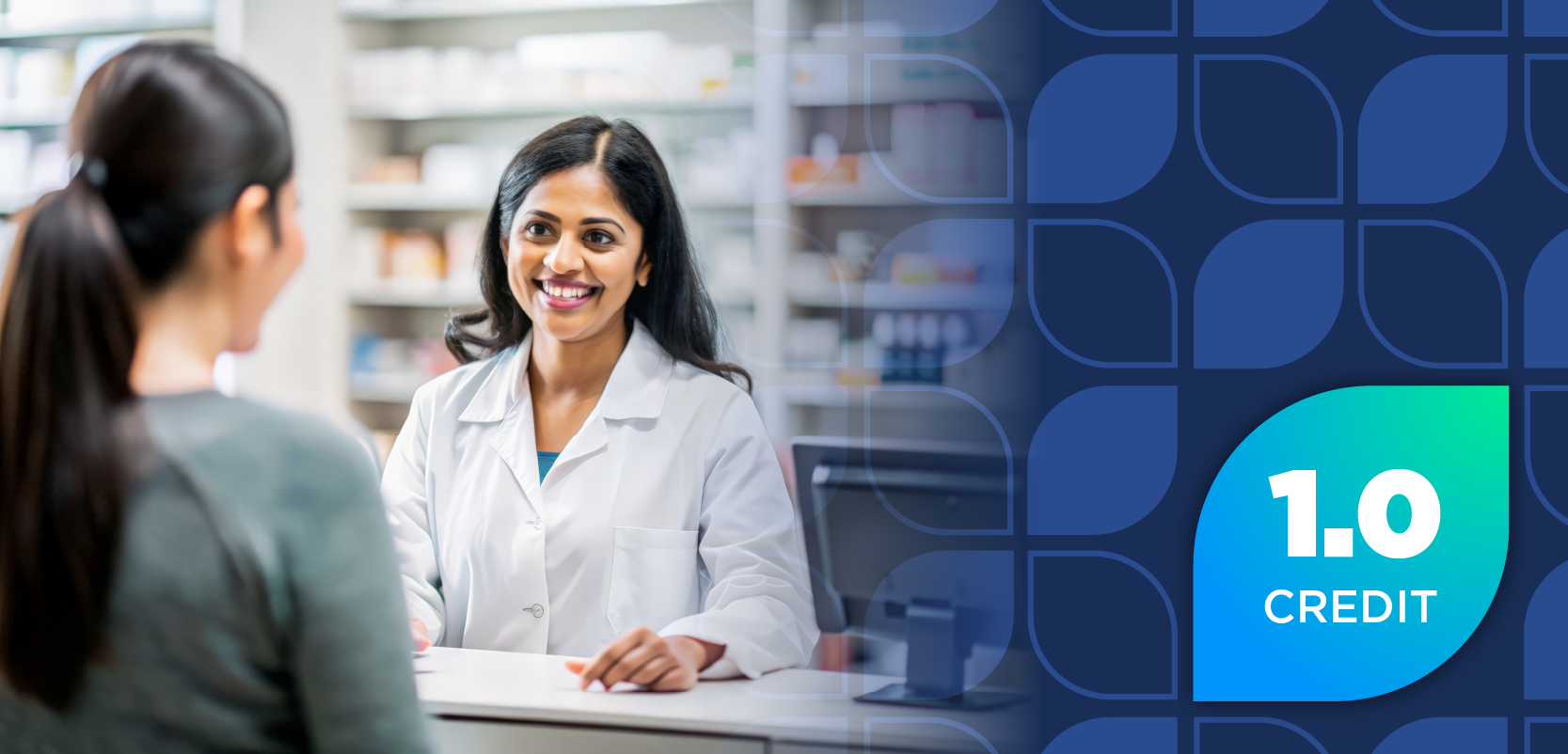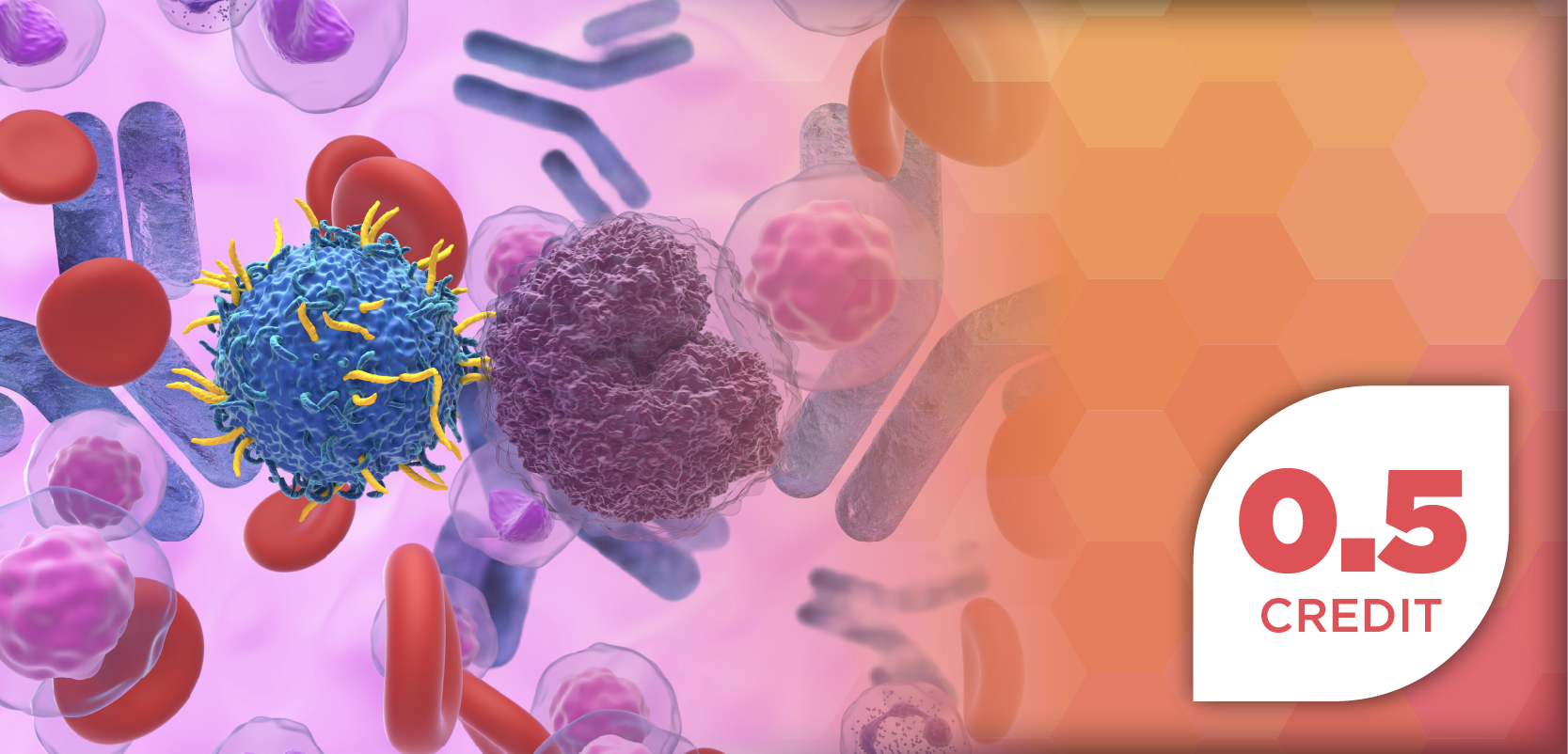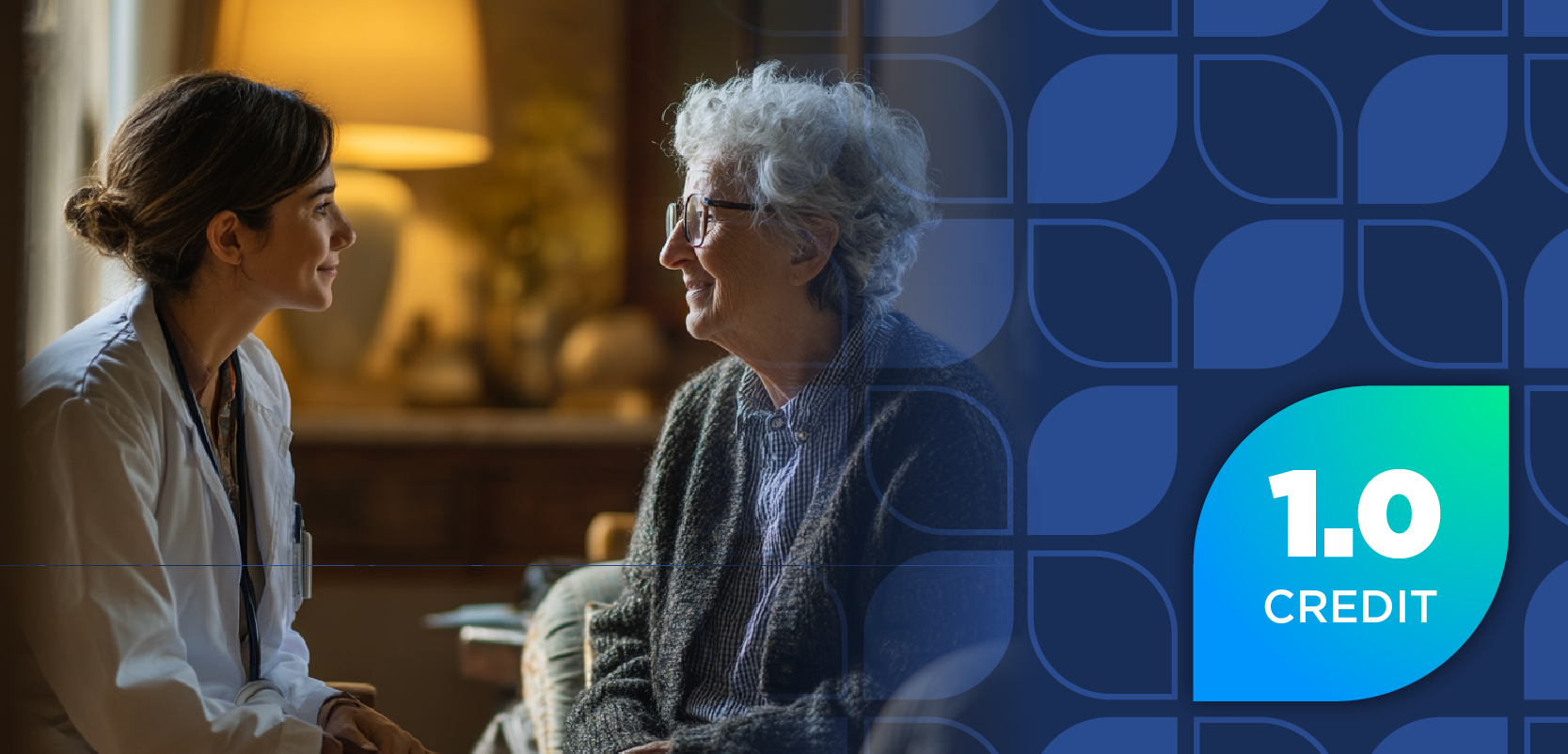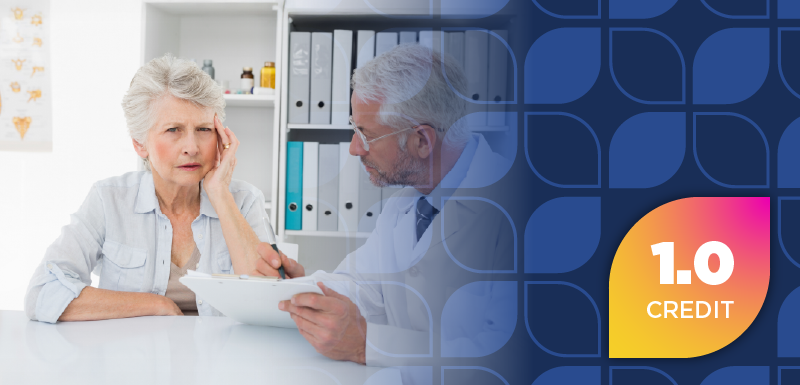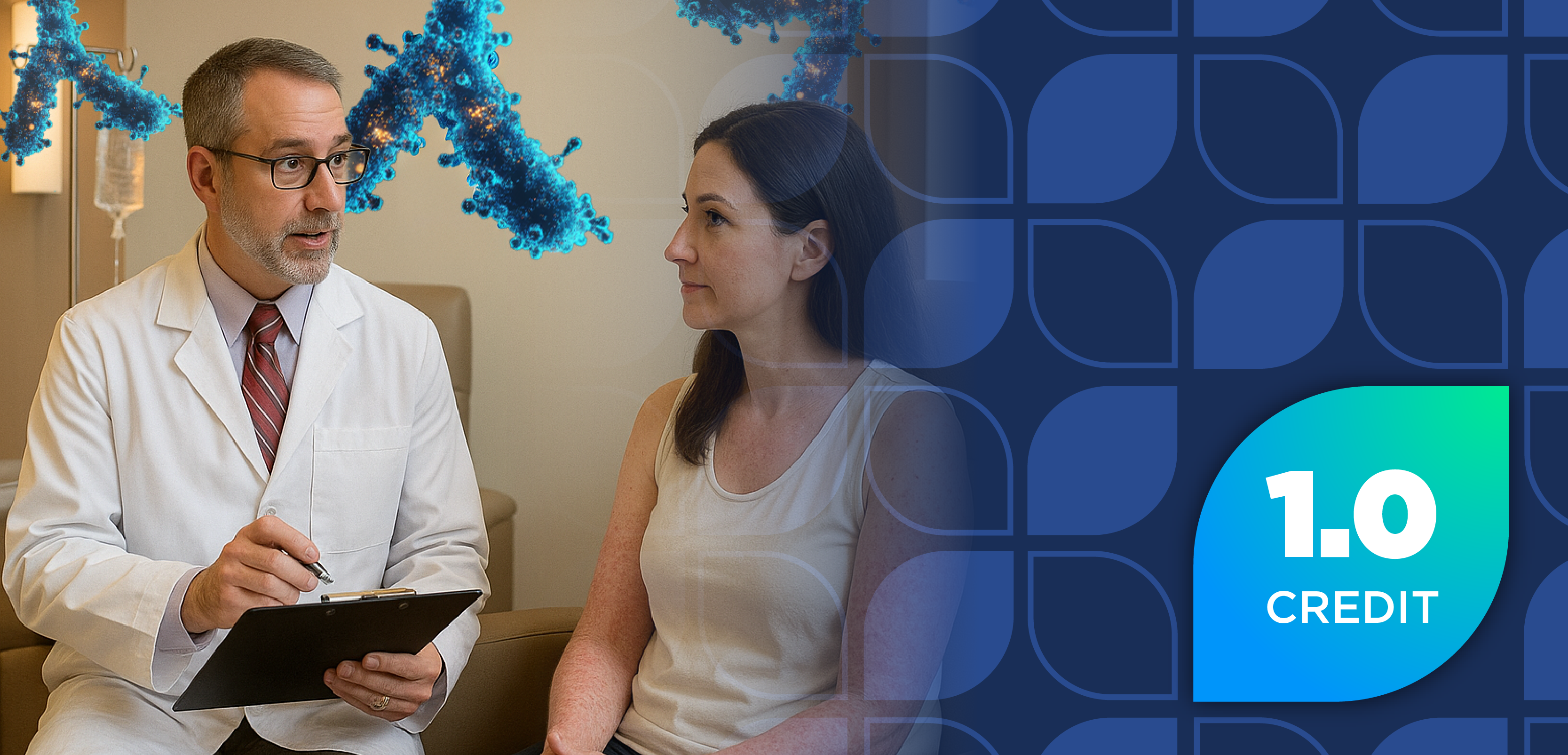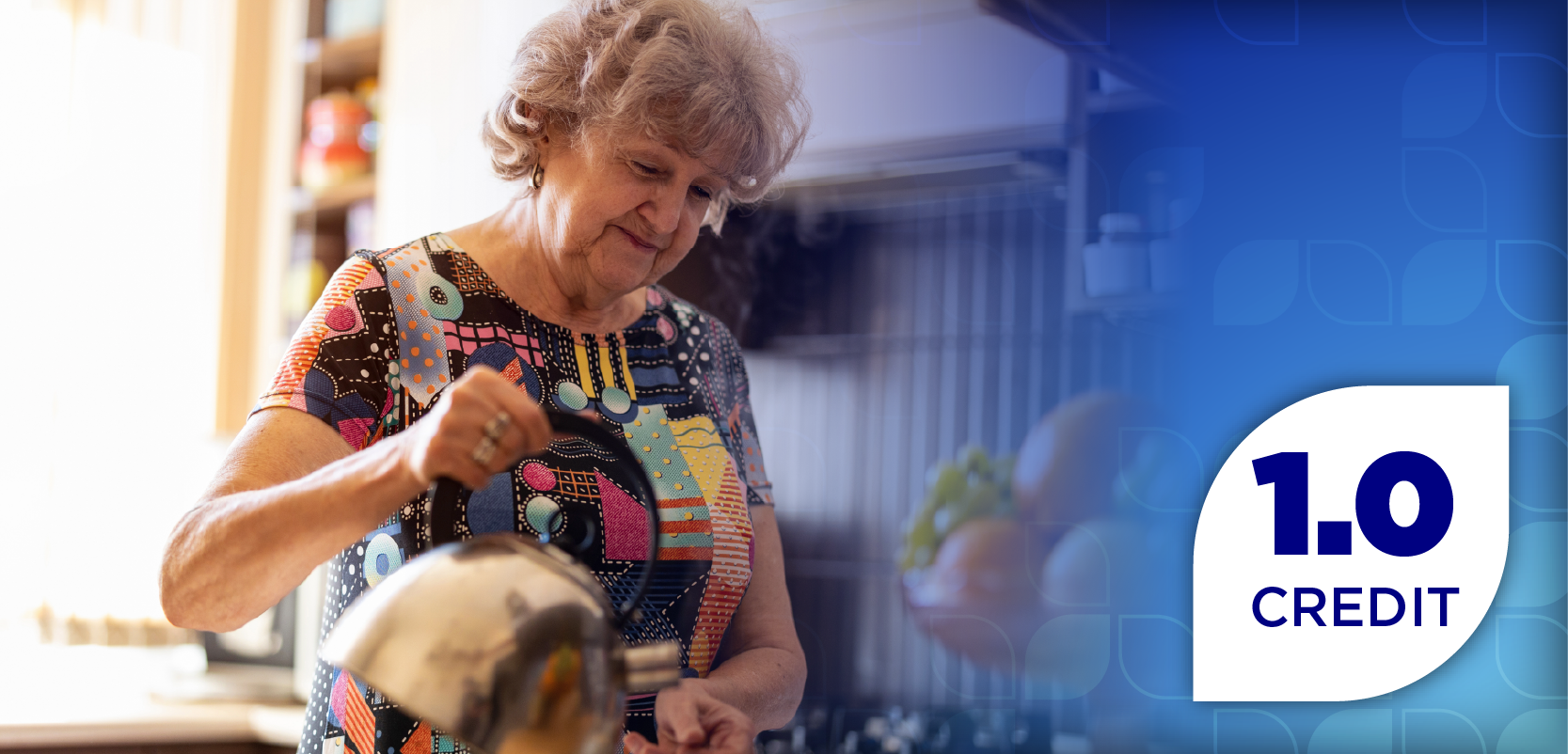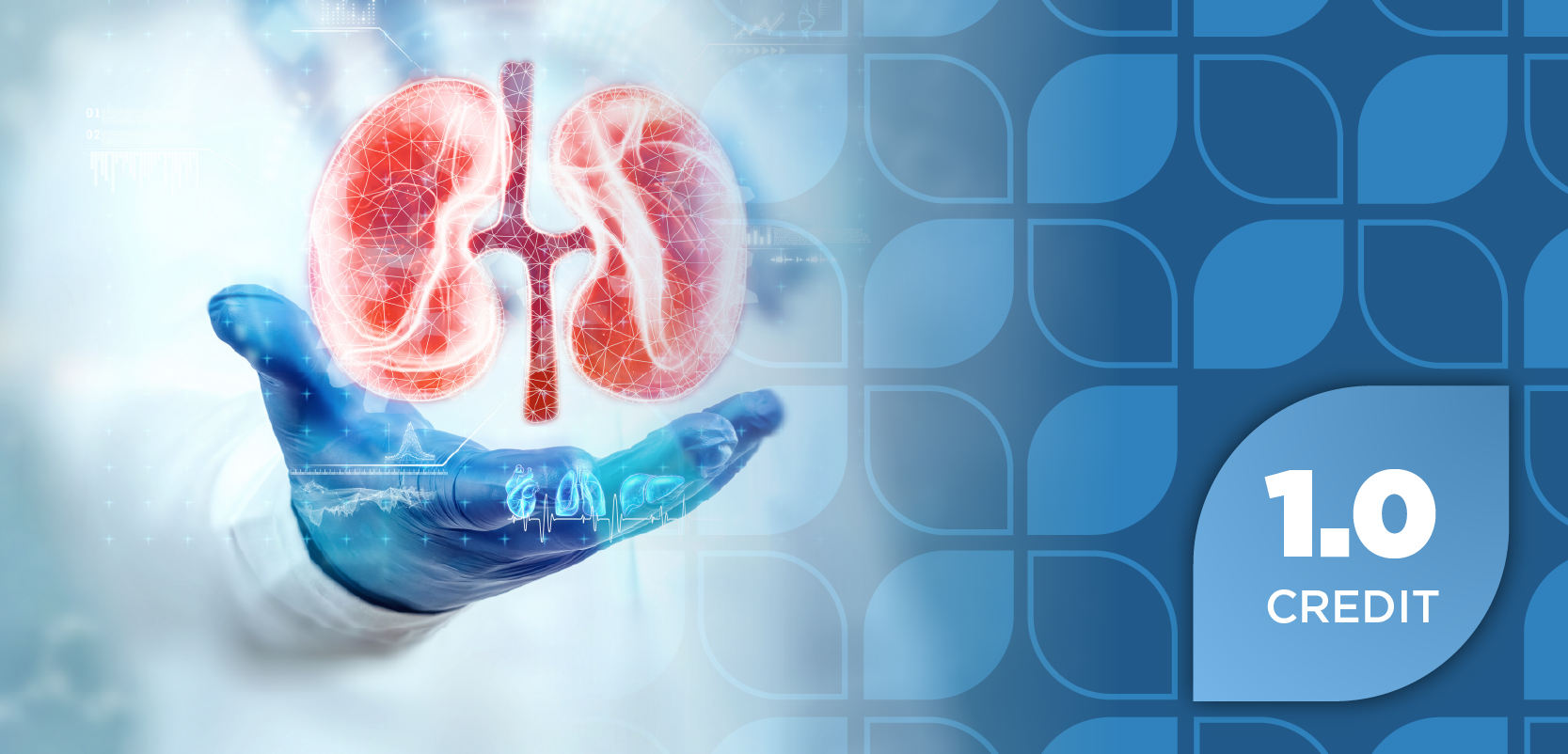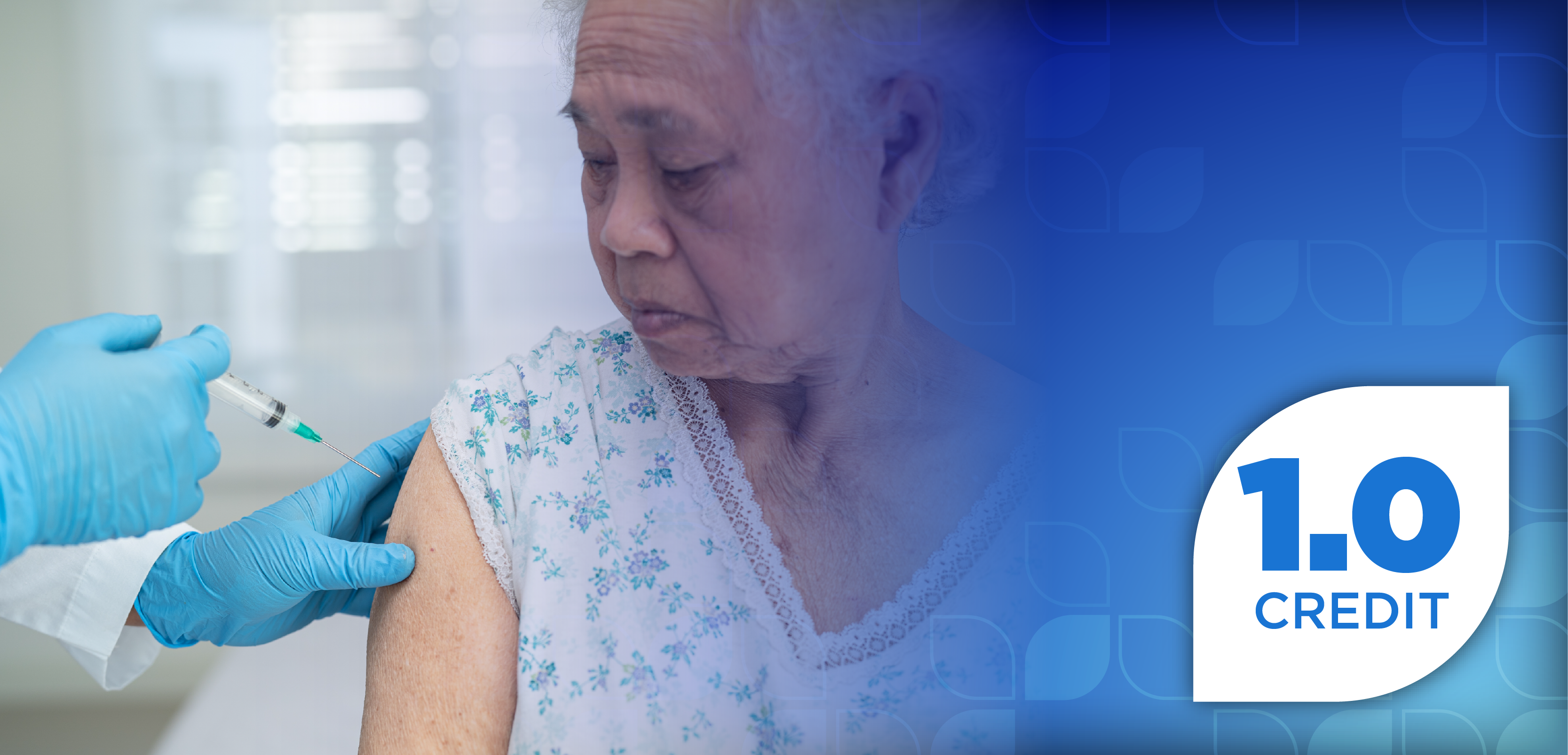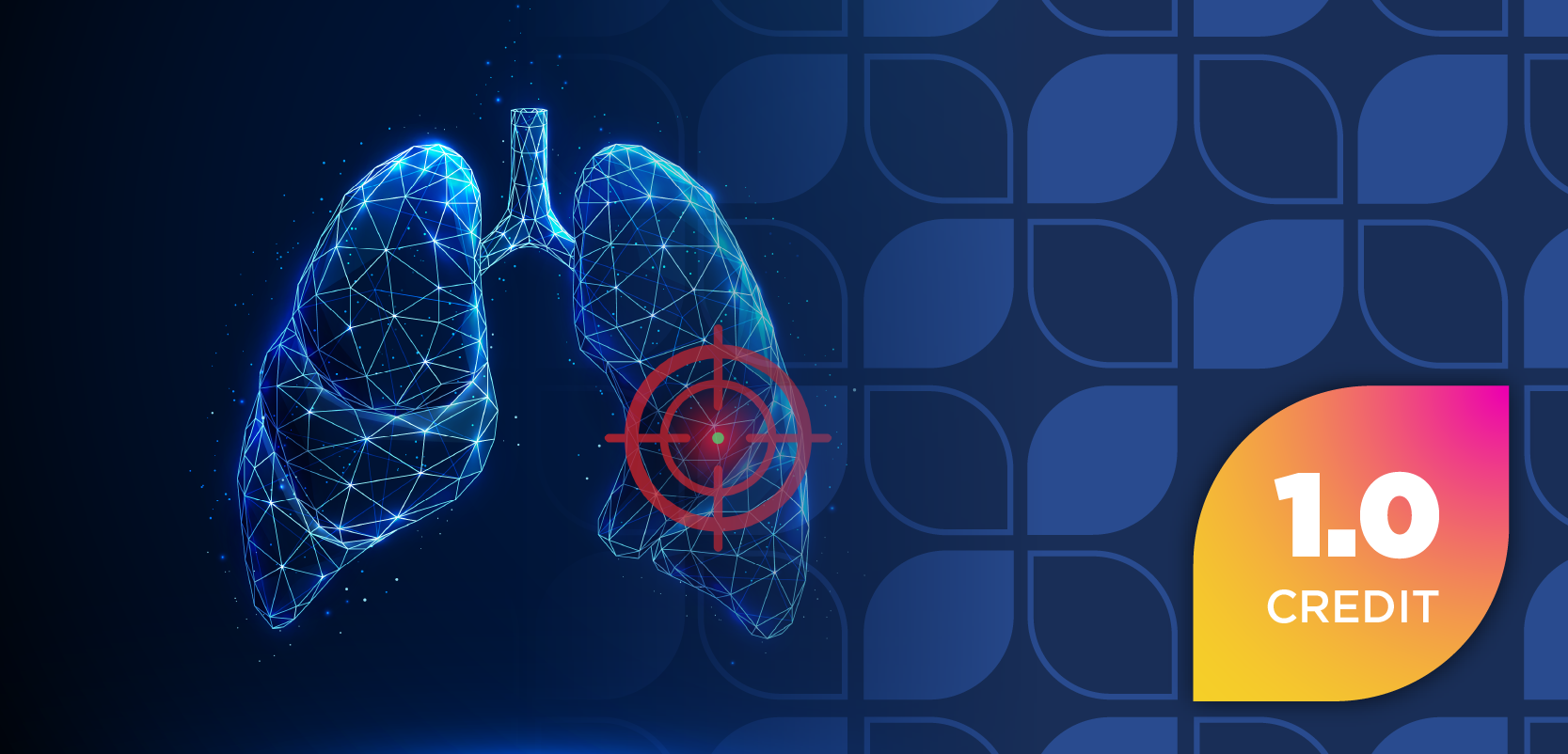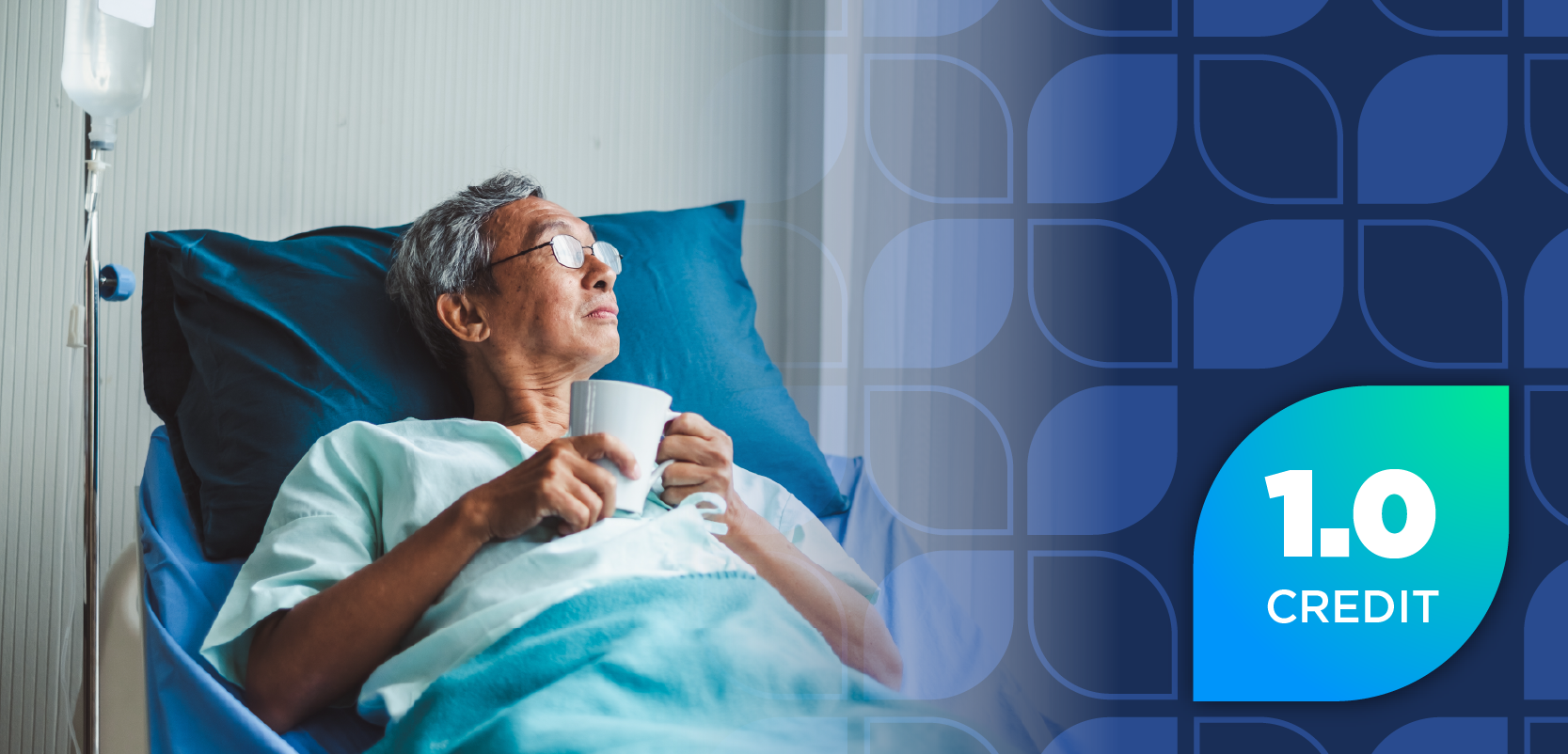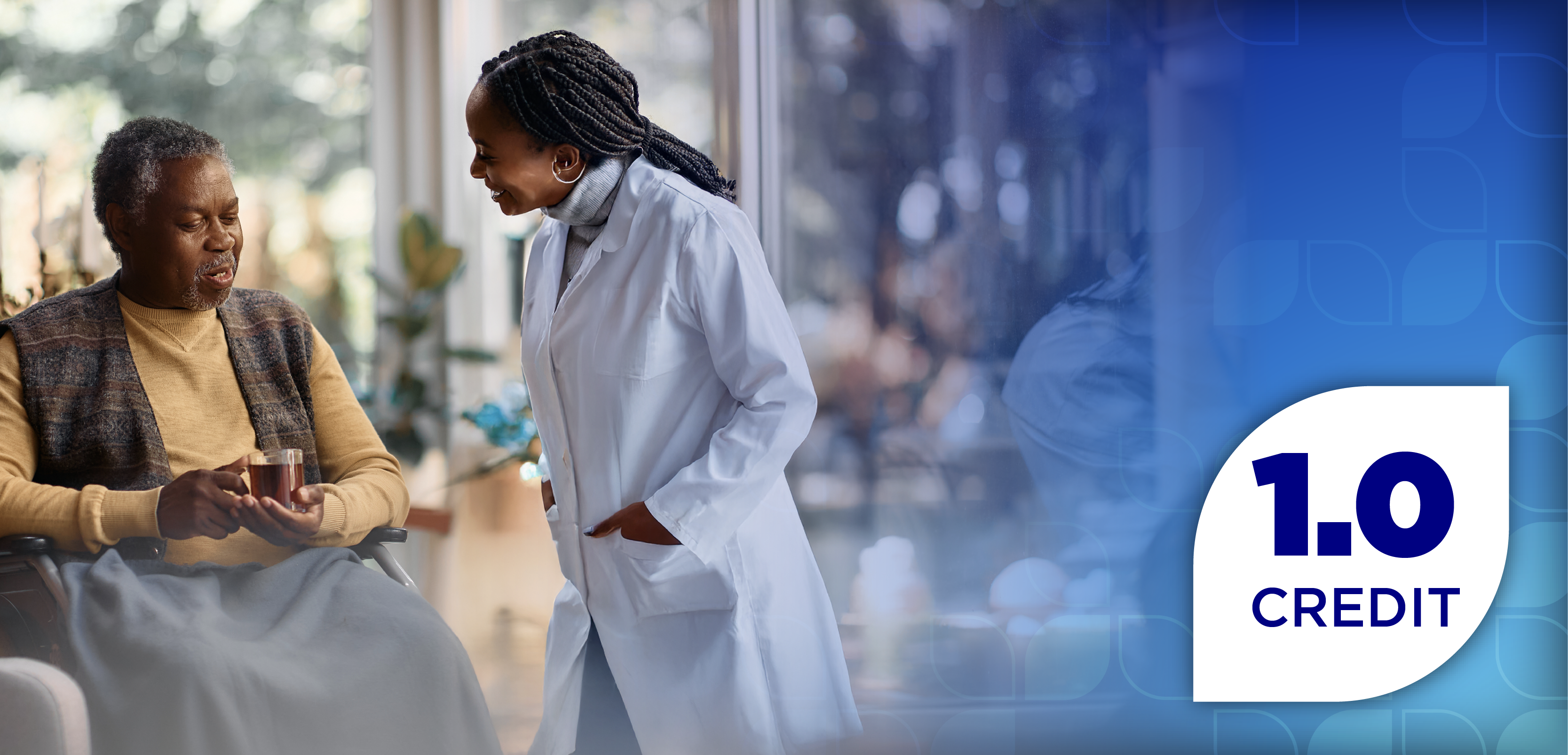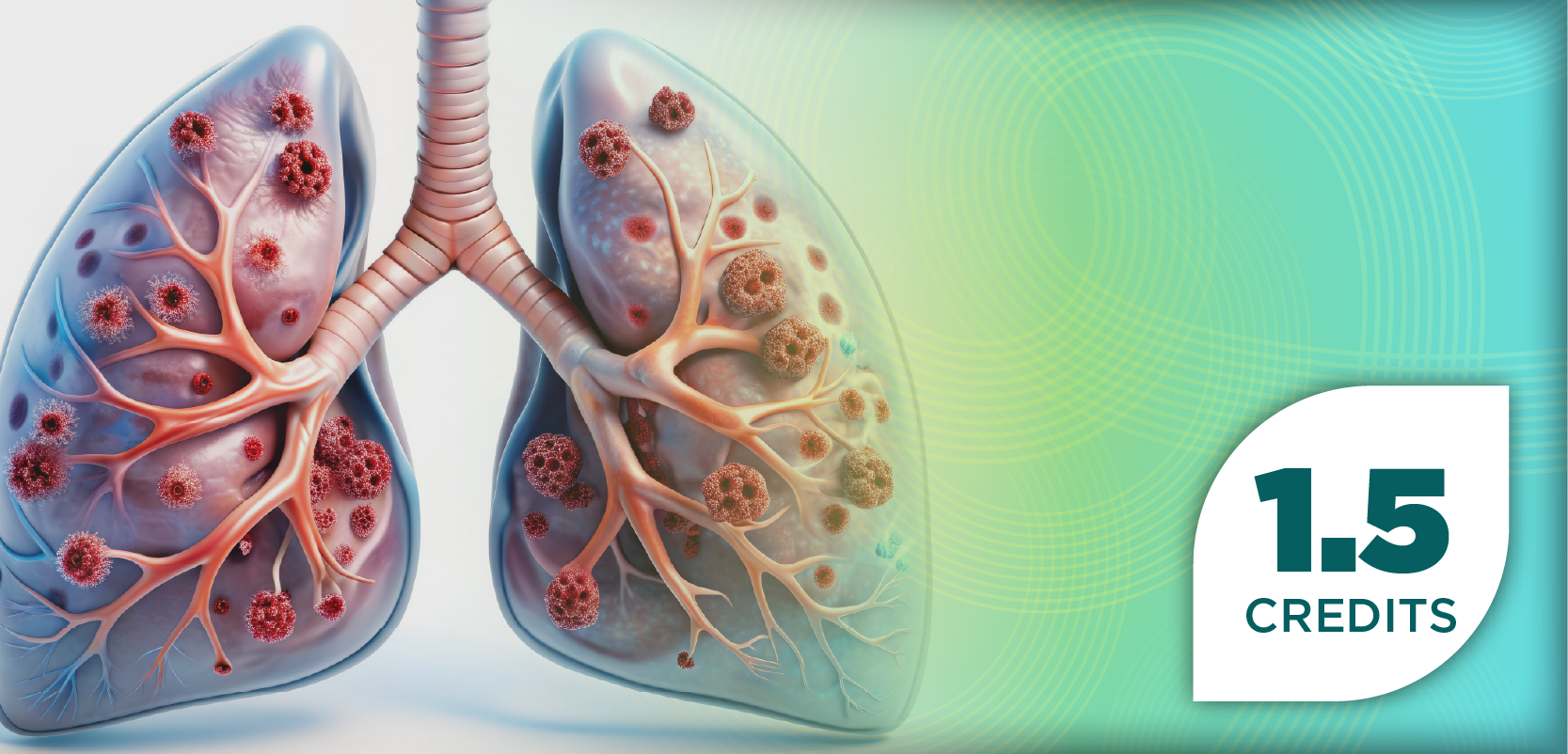
Optimizing Tacrolimus Levels in Post-Transplant Cyclophosphamide: A Pharmacist-Led Study on Outcomes and Toxicity Management
Andrew Lin, PharmD, BCOP, discusses his pharmacist-led study examining the association between early tacrolimus levels and outcomes post-allogeneic hematopoietic cell transplantation.
Pharmacy Times® interviewed Andrew Lin, PharmD, BCOP, a clinical pharmacy manager, bone marrow transplant at Memorial Sloan Kettering Cancer Center in New York, New York, on his poster titled “Association of early tacrolimus levels and outcomes after post-transplant cyclophosphamide in allogeneic hematopoietic cell transplantation,” which is being presented at the 2025 American Society for Transplantation and Cellular Therapy (ASTCT) and Center for International Blood and Marrow Transplant Research (CIBMTR) Tandem Meeting in Honolulu, Hawaii. Lin explained that this pharmacist-led study looked at the association between early tacrolimus levels and outcomes post-allogeneic hematopoietic cell transplantation (HCT), with the investigators finding that lower tacrolimus trough targets (<8 ng/mL) may minimize toxicity without compromising outcomes.
In the study, Lin and his team evaluated 248 patients transplanted between September 2014 and April 2022, looking at associations between median tacrolimus levels weeks at 2, 3, and 4 post-allogeneic HCT (alloHCT) with time-to-event outcomes of interest including the cumulative incidence (CI) at D plus 100 for acute GVHD, 1-year CI of chronic GVHD, overall survival (OS), progression-free survival (PFS), and toxicity (eg, hyperbilirubinemia and acute kidney injury). Time-to-event outcomes were landmarked at 2-, 3-, and 4-weeks post alloHCT.
According to Lin, in the context of post-transplant cylophosphamide-based prophylaxis, increasing the median time-varying tacrolimus (TAC) trough did not appear to confer protection from acute GVHD. Based on these results, Lin explained that lowering the target TAC trough at less than 8 ng/mL may be acceptable to minimize peri-HCT toxicity.
Pharmacy Times: How were the patients selected for this trial, and what were the exclusion criteria?
Andrew Lin, PharmD, BCOP: When we selected our patients, we looked at every patient who received post-transplant cyclophosphamide [PTCY] based prophylaxis in combination with tacrolimus and mycophenolate. So that was whether they were mismatched, matched, related, or not. So, we took all comers, and then we just excluded patients who did not receive tacrolimus in combination, because some were treated with sirolimus [Rapamune; Pfizer]. But that was the only exclusion criteria of note.
Pharmacy Times: What were the trends observed for lower tacrolimus levels and increased risk of aGVHD or other complications?
Lin: Yeah, so interestingly, our hypothesis was that there wouldn't be any difference with lower tacrolimus levels in terms of the transplant outcomes of interest, so acute and chronic GVHD or OS, and that seems to be what we observed. We didn't see any impact and increased risk of acute GVHD or chronic GVHD. The rates were, overall, very low in our study, which is what you would expect with a [PTCY] based sort of platform. But we did confirm when we looked at the observational range of our target for the tackle alignments, when we looked at the midpoint, there is no difference whether they were below or above that midpoint in terms of outcomes.
Pharmacy Times: How did tacrolimus levels correlate with the 1-year CI of chronic GVHD?
Lin: We looked at whether there was an impact at the median levels for week 2, 3, or 4 post-transplant, and there didn't appear to be any impact on OS. There was no appreciable difference in any other groups.
Pharmacy Times: How do the findings from this study compare with other studies on tacrolimus targets post-HCT?
Lin: So, I think this is probably the most interesting part of this study. There are several retrospective studies, some larger than others, looking at whether there's an impact of maintaining higher levels post-transplant. Most of these have been in the context of other transplant platforms though, looking at combination with methotrexate or other anti-metabolites like mycophenolate or with the cord blood transplants for cyclosporine with [cyclosporine + methotrexate + mycophenolate mofetil (MMF)], those studies all showed an impact of having higher levels, introducing acute—at least acute GVHD—if not chronic. But what we hypothesized was that there wouldn't be that impact with the PTCY. There is one other study that has been published that looked at just the first level after transplant and whether that had an impact, but we thought this would be more applicable to look at several median levels after the early post-transplant period.
Pharmacy Times: How do you envision these findings being applied in clinical practice, and what role can pharmacists play in optimizing tacrolimus dosing and monitoring?
Lin: So, I think that pharmacists can really take this study and run with it. I think, we are well integrated into the team to be the members who are responsible for where the levels end up and making adjustments. So, we're well equipped to help the rest of the team help maintain these levels in the lower end of the range to potentially avoid other toxicities that we know can happen with higher levels. That's sort of what I hope that we can take away, is that we don't have to aim sky in the high early post-transplant time period, and that we can use just the lower end of the range and have comparable outcomes.
Pharmacy Times: What was the role of pharmacists in this study, and what role do you see for pharmacists in managing tacrolimus levels in future research or clinical protocols?
Lin: So, it was a pharmacist designed and led study. It was my idea, and I collaborated with the primary attending to come up with the research end points. So, there's a lot of support in our service and our institution for pharmacist-led research. So, it was very easy for me to conceive and get the support from the service to develop this project.
I think pharmacists should be encouraged to pursue this type of research. It's relatively easy. We have to report a lot of these end points anyway for the regulatory boards and organizations that are monitoring transplant outcomes, so we might as well take advantage of those databases as well. I think pharmacists are well equipped to monitor and modify tackle alignments already. So, this is just another study that highlights the importance of our work.
Pharmacy Times: Any closing thoughts?
Lin: I think in closing I would say that this conference and this organization is super pharmacy friendly. I think ASTCT really highlights the interdisciplinary nature of our work and really highlights how valued we are and can be. So, I'm excited to be able to present this research, and I am always excited to see other people's research as well. So, it'll be a good time in Hawaii.
Newsletter
Stay informed on drug updates, treatment guidelines, and pharmacy practice trends—subscribe to Pharmacy Times for weekly clinical insights.

